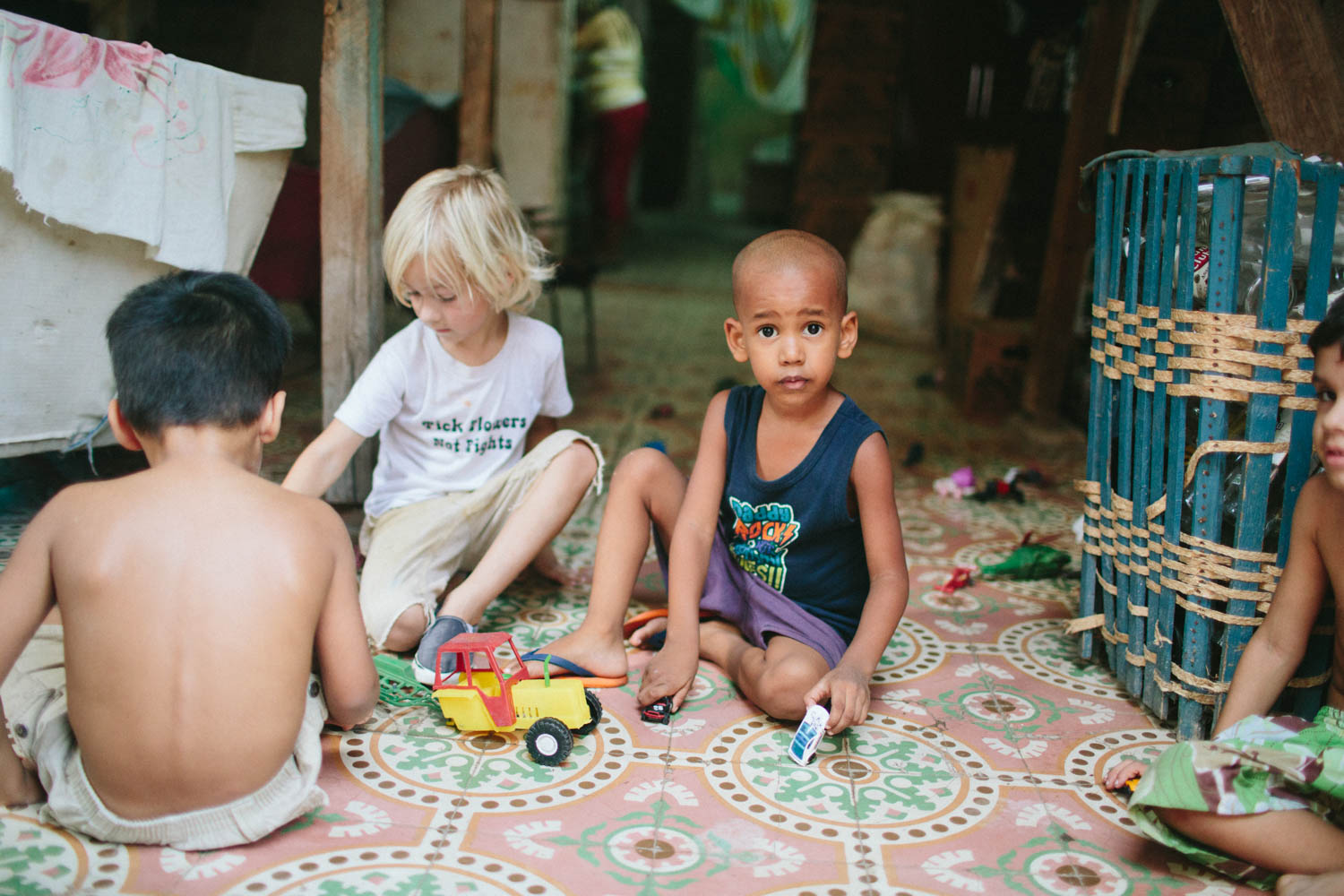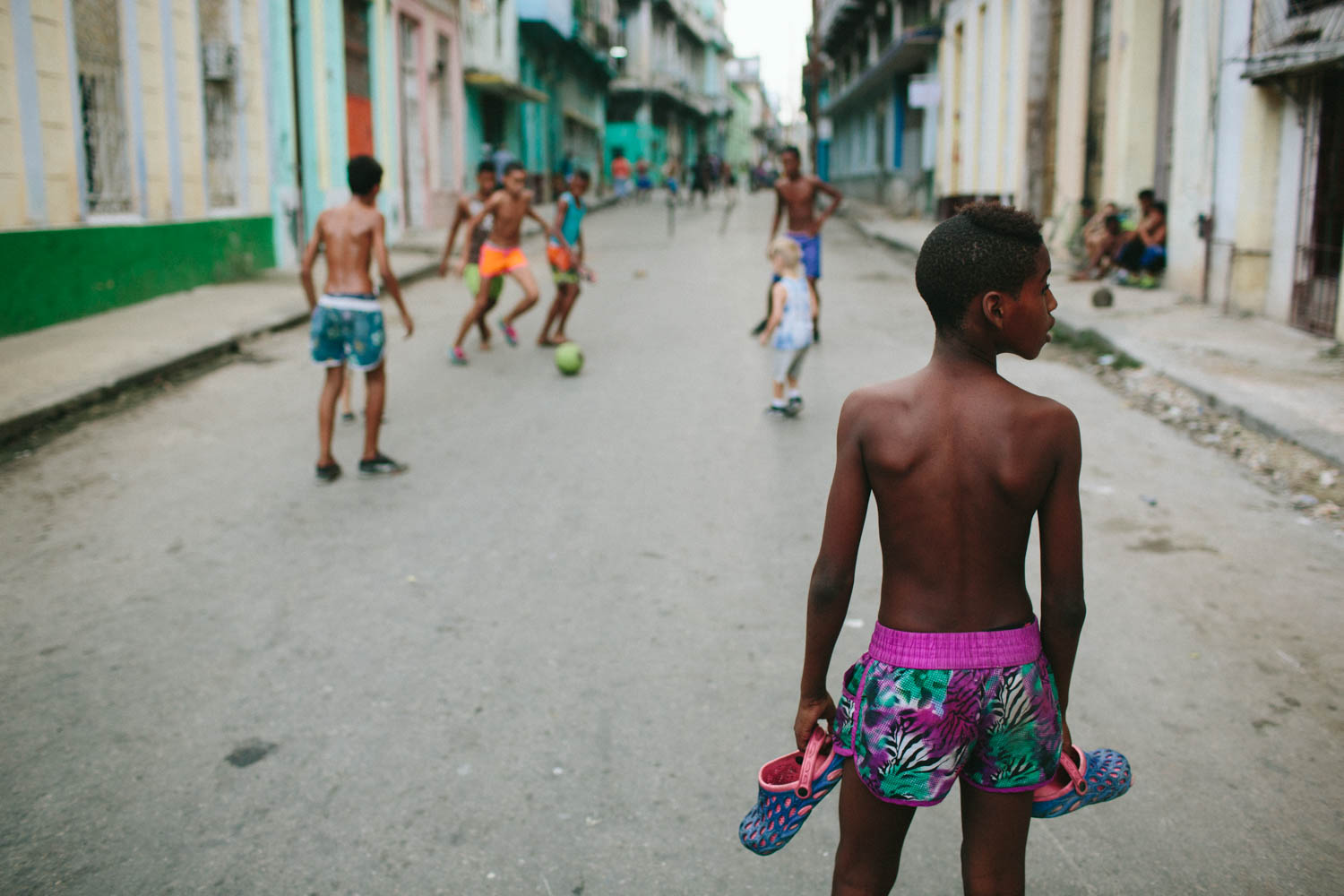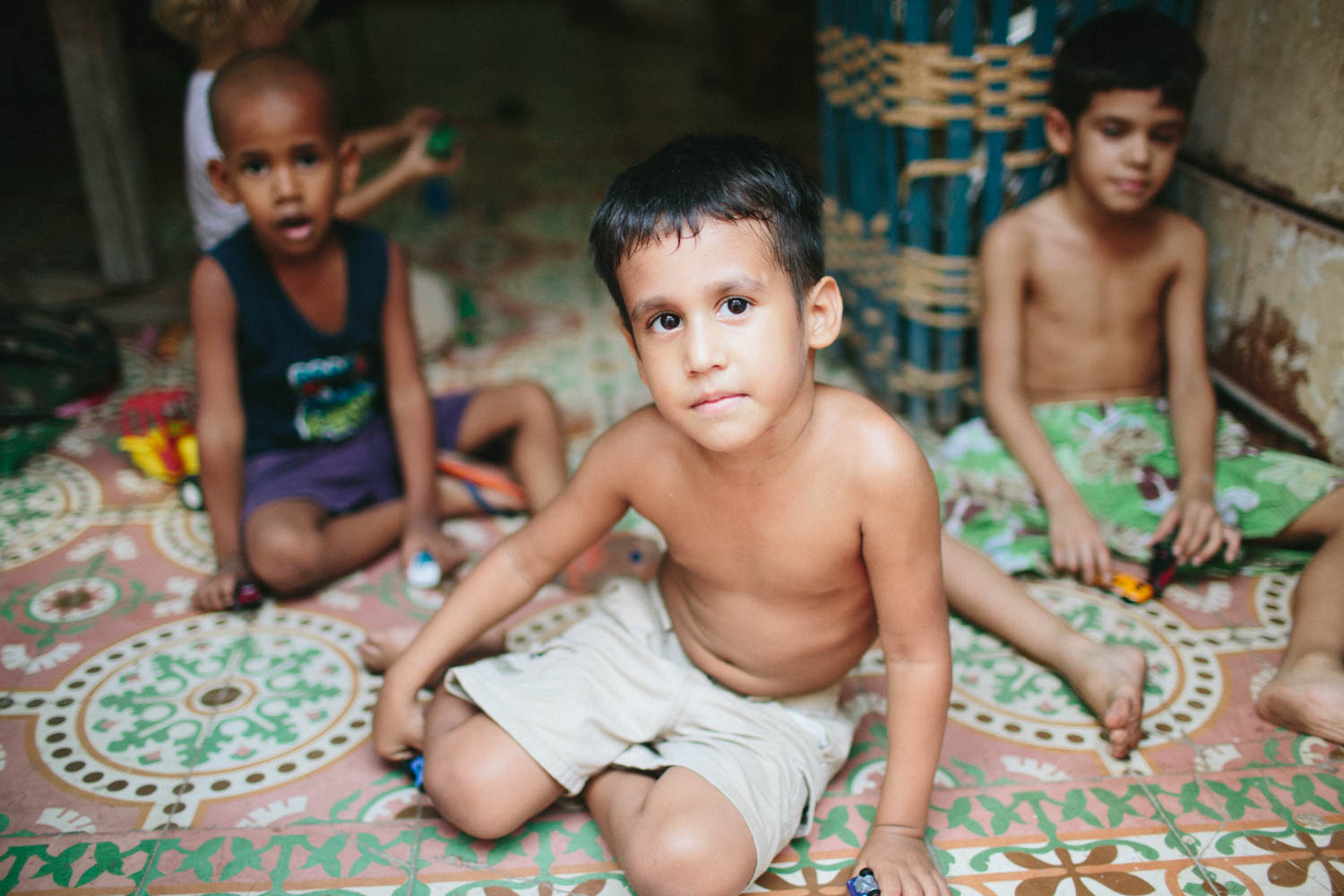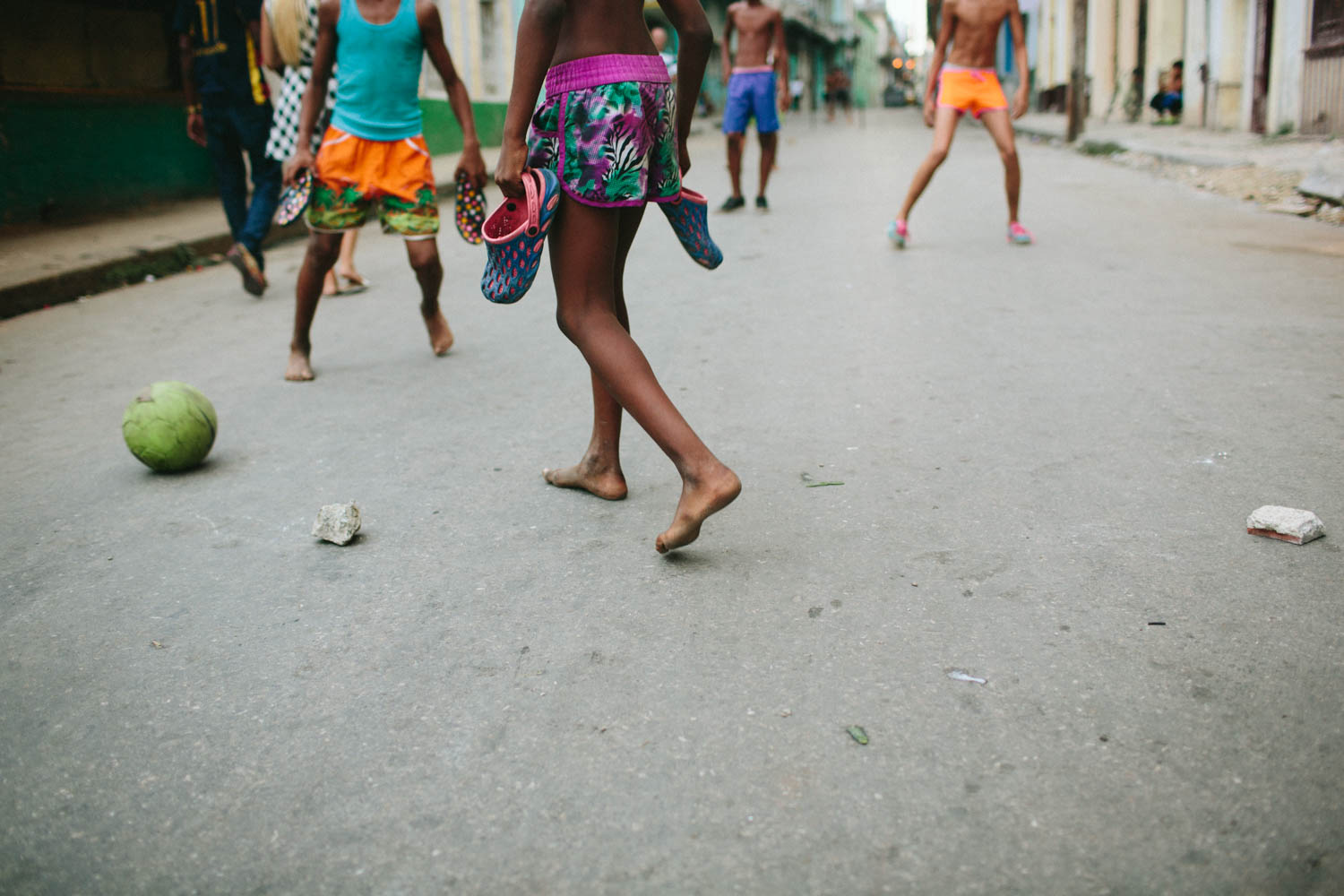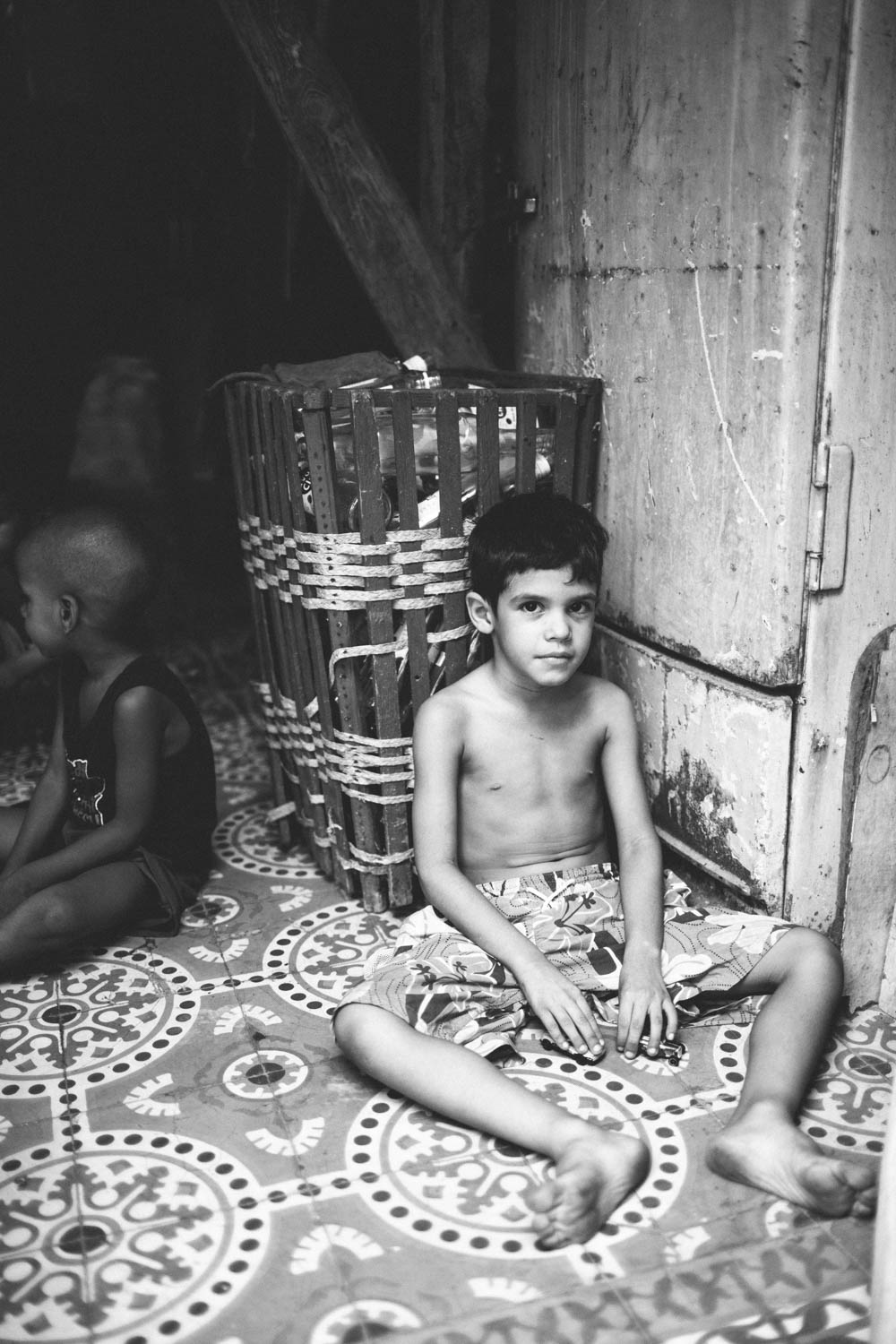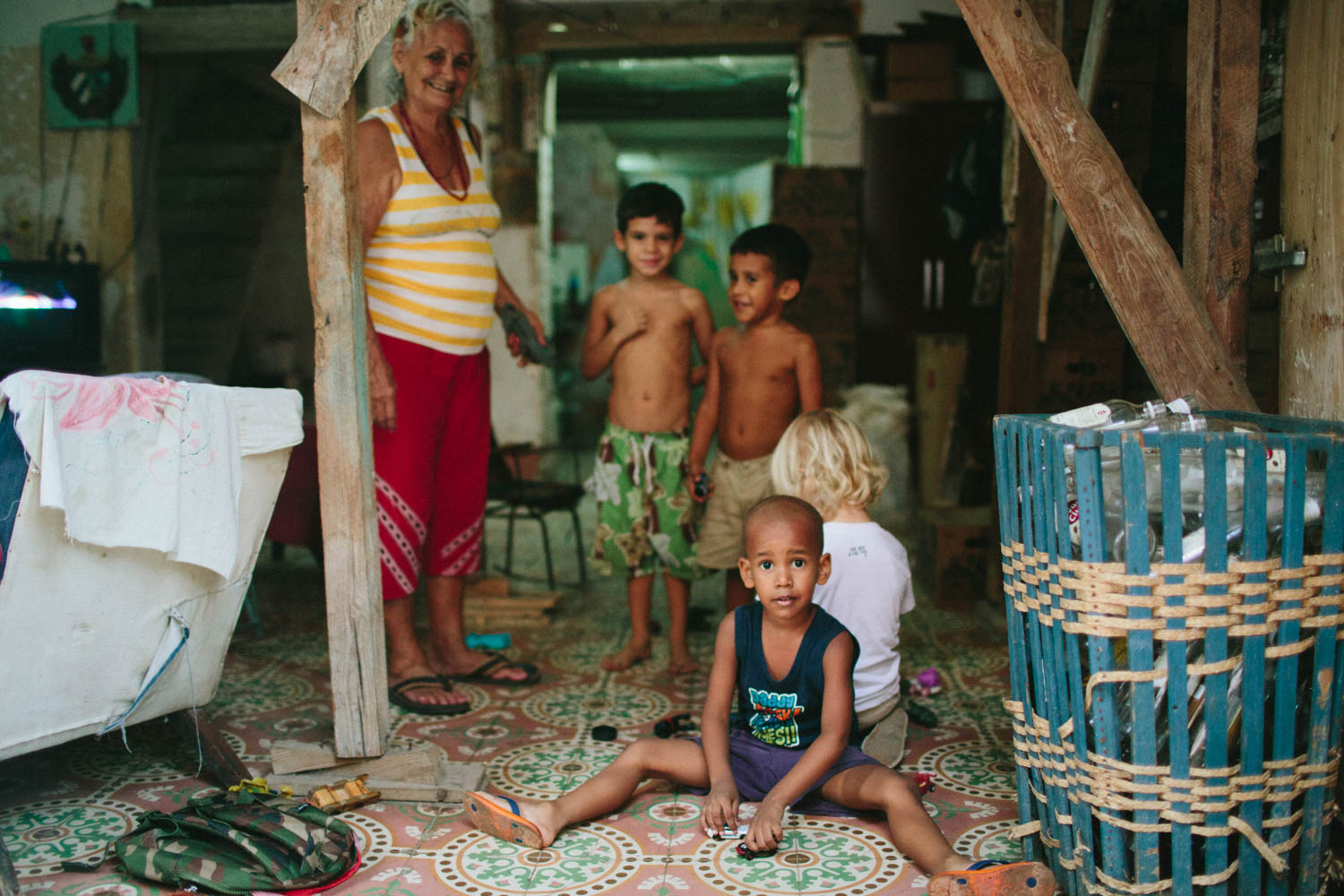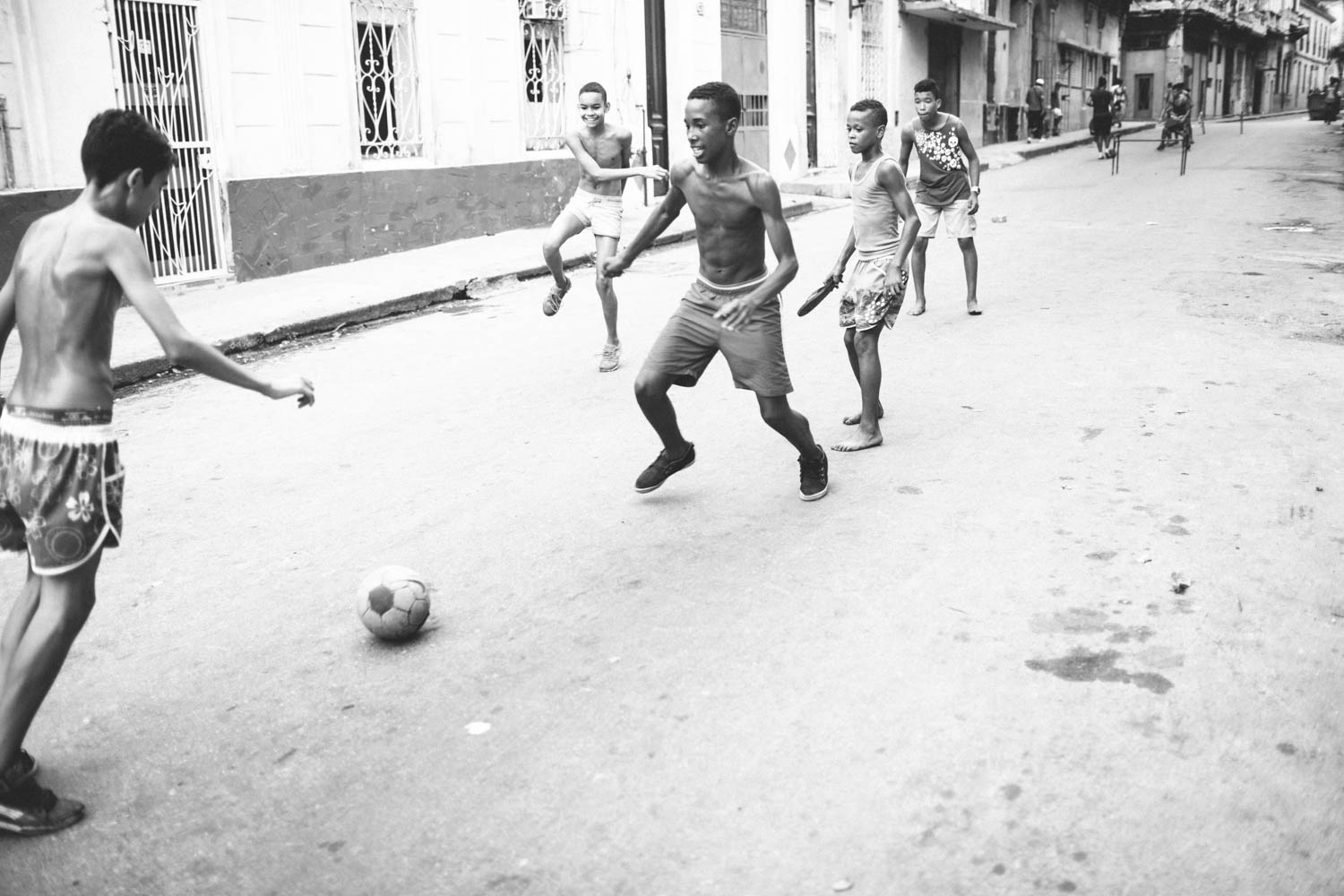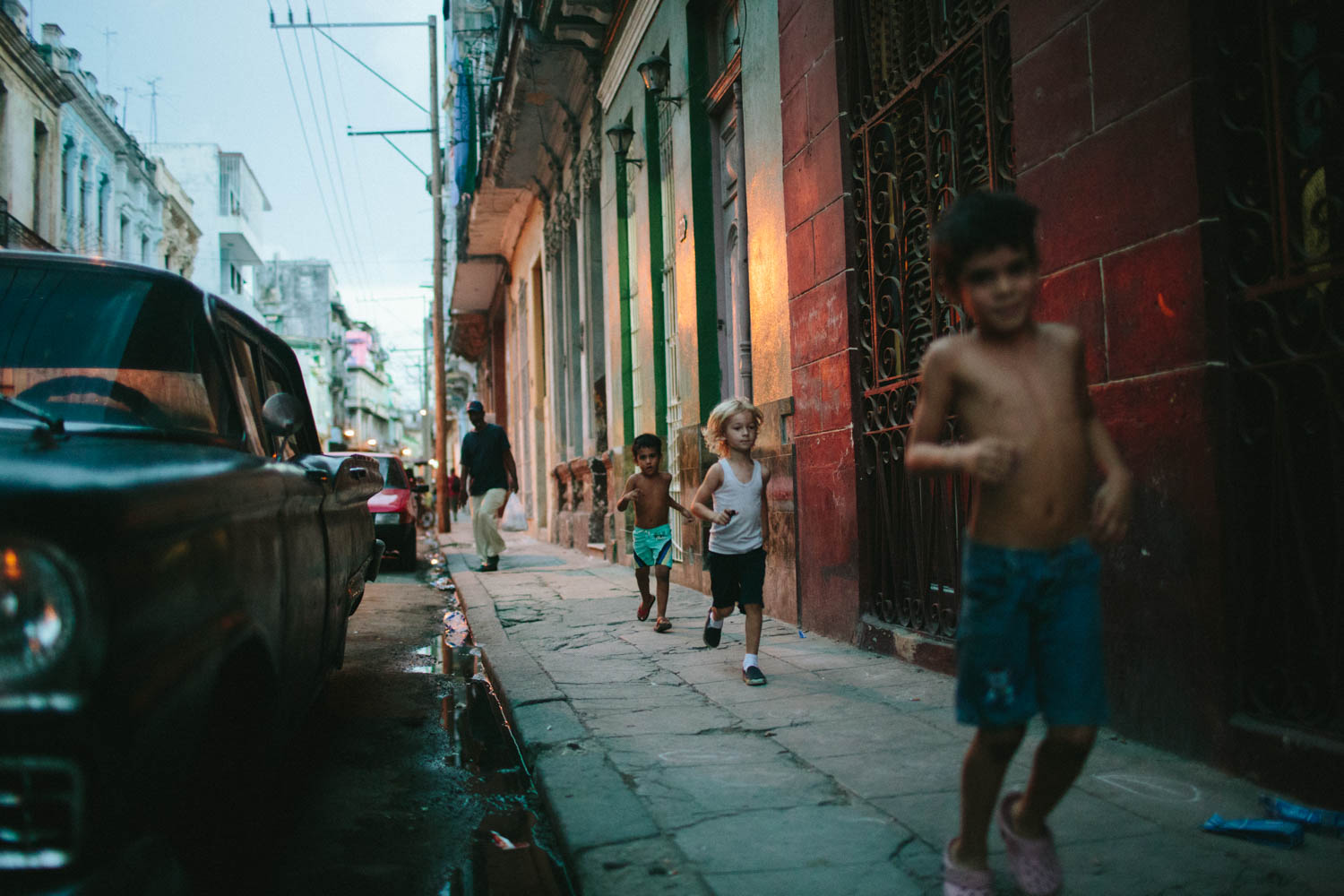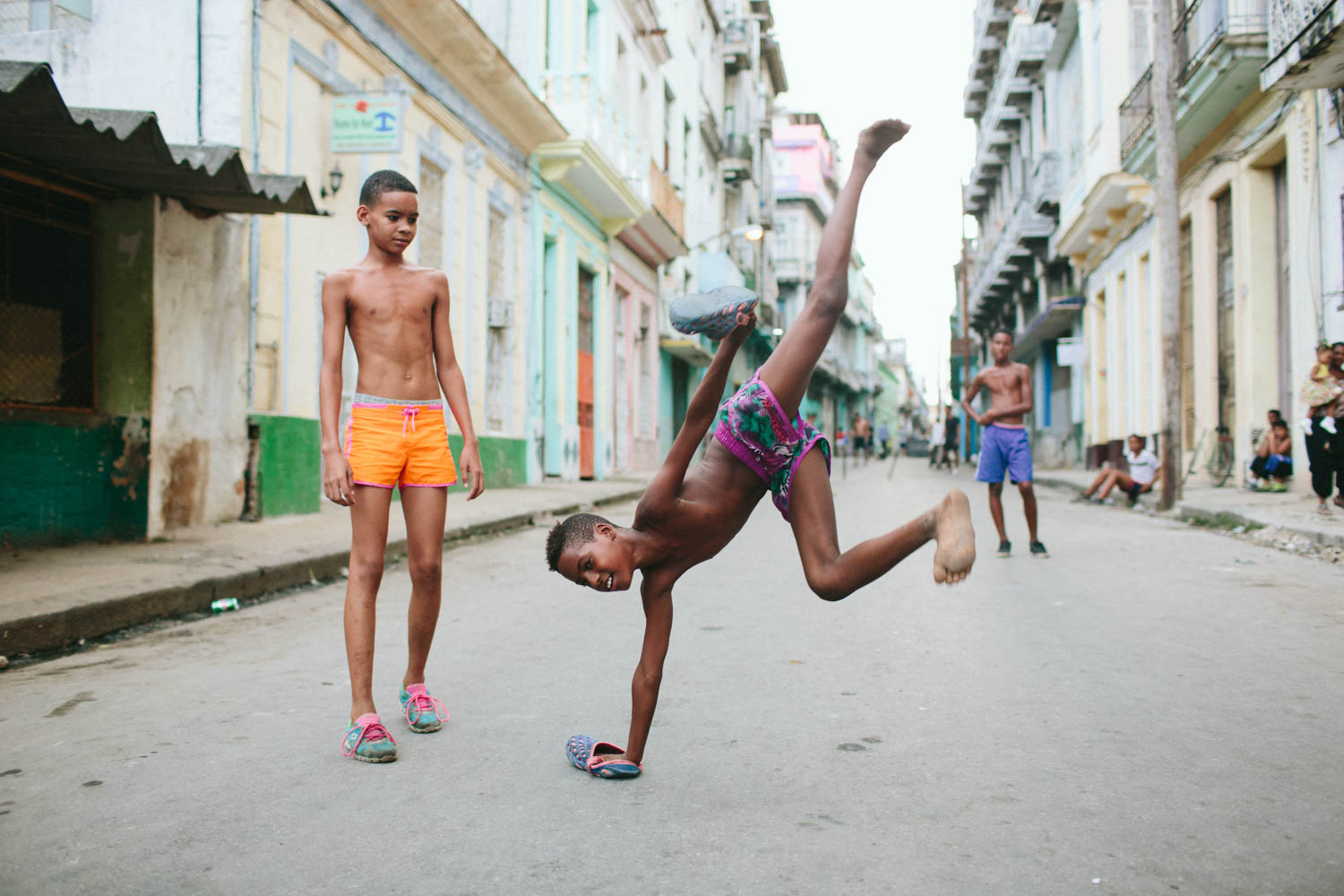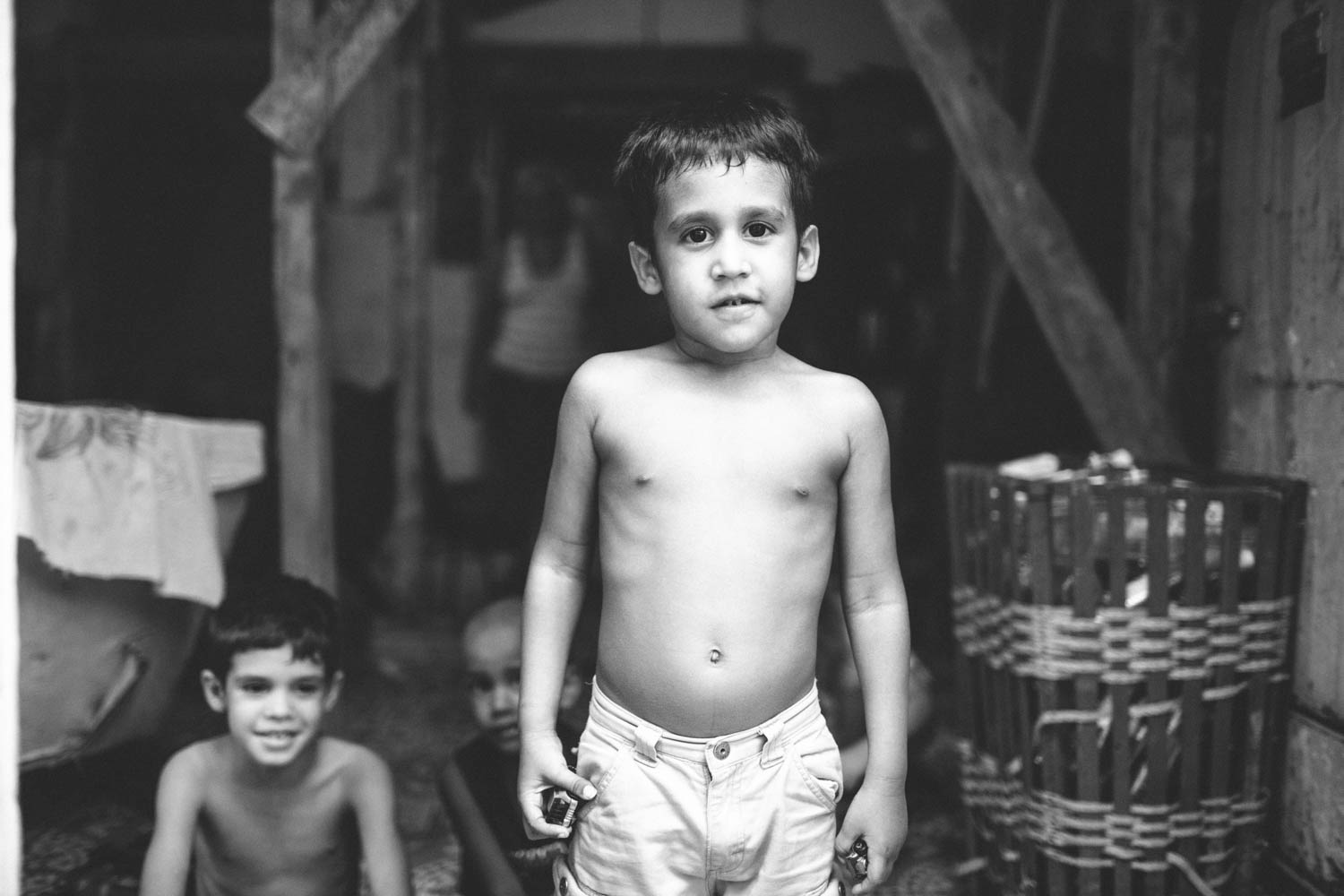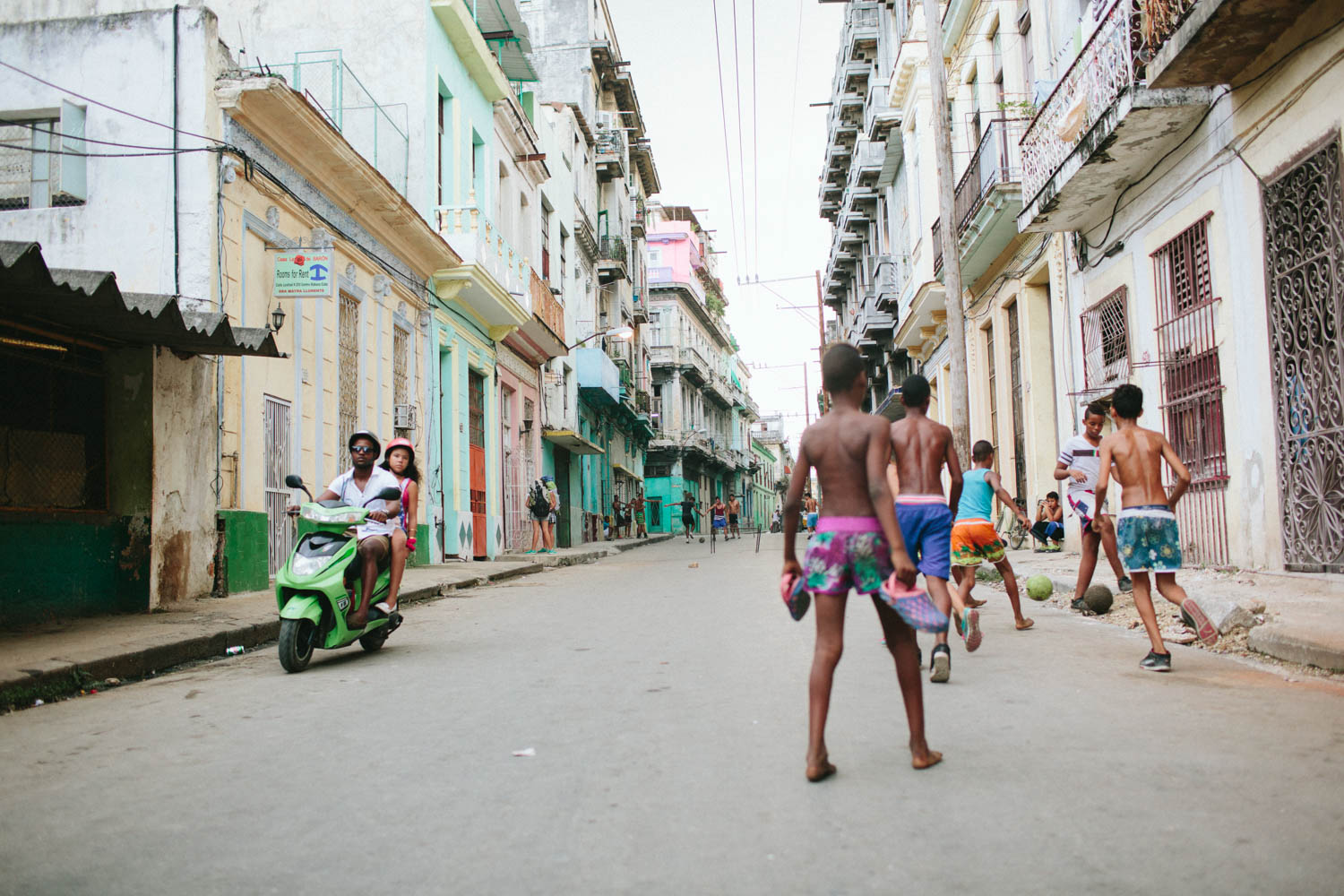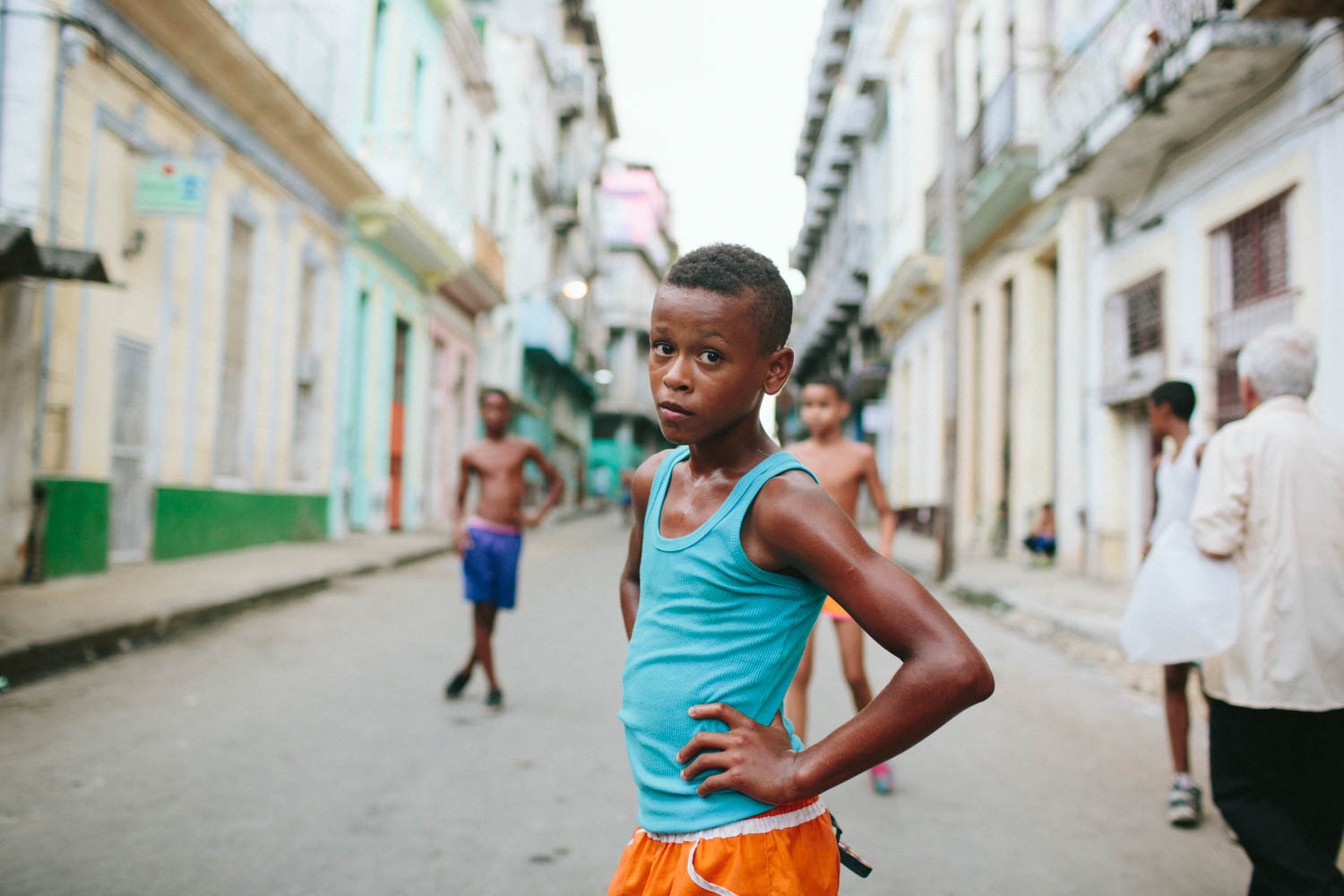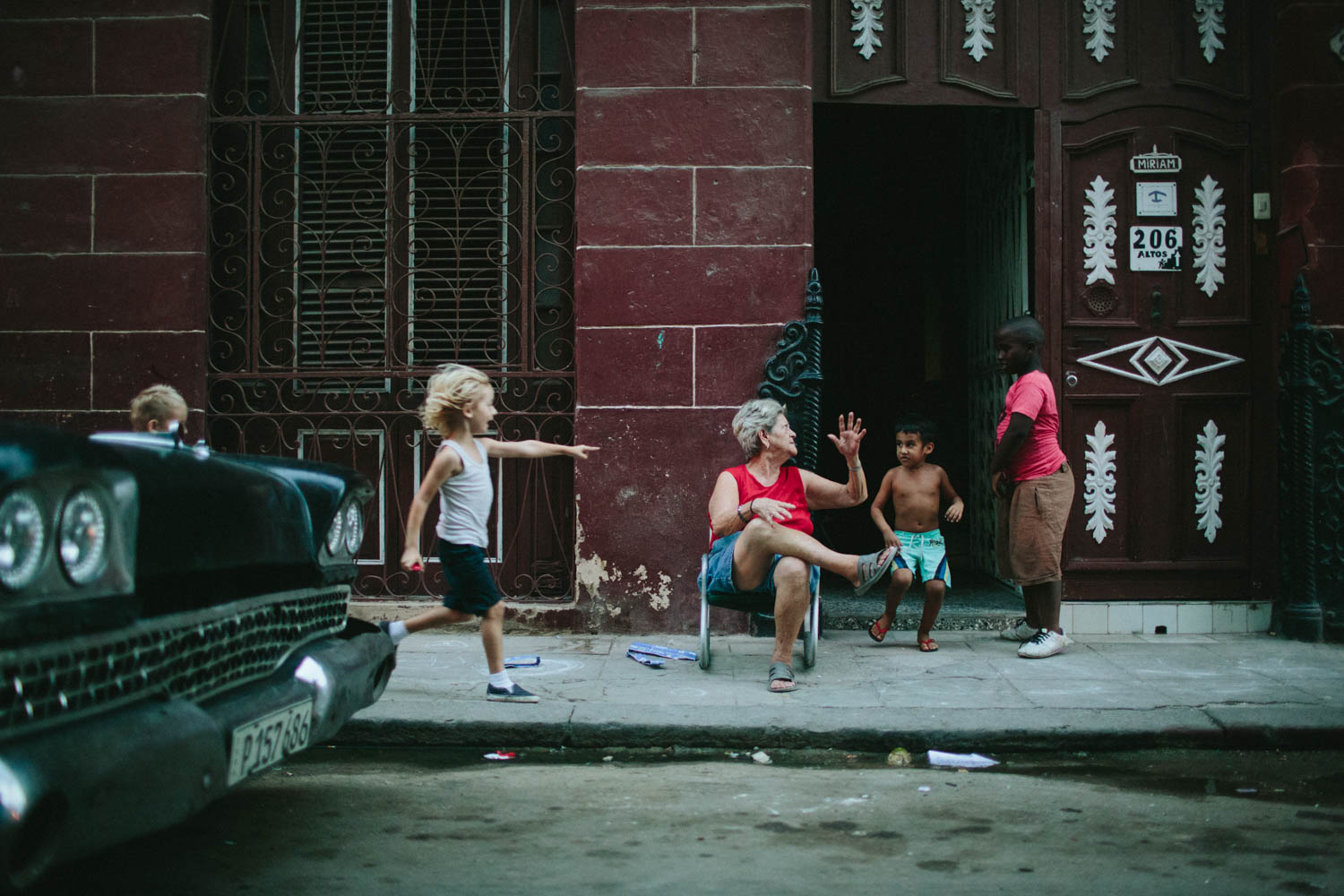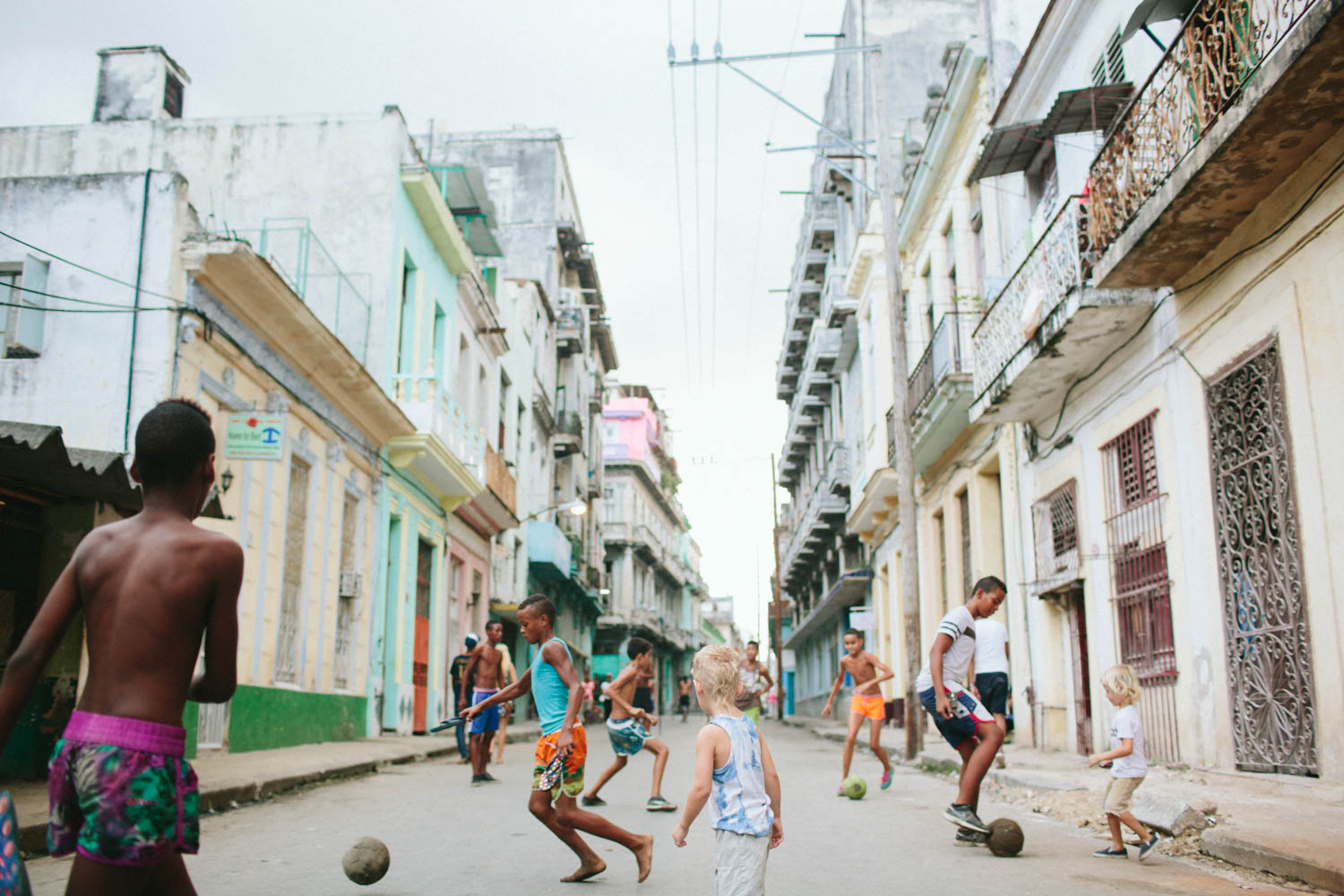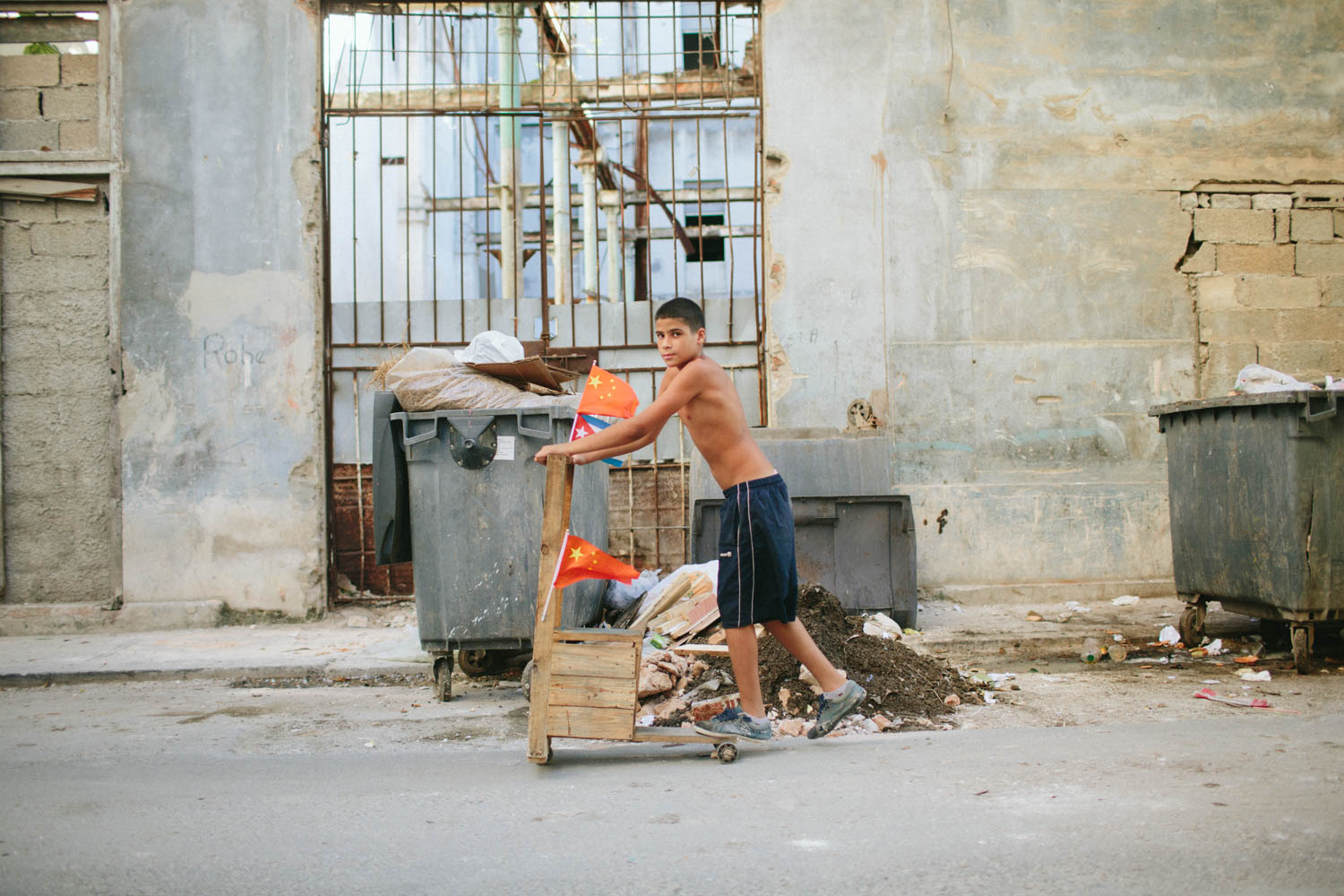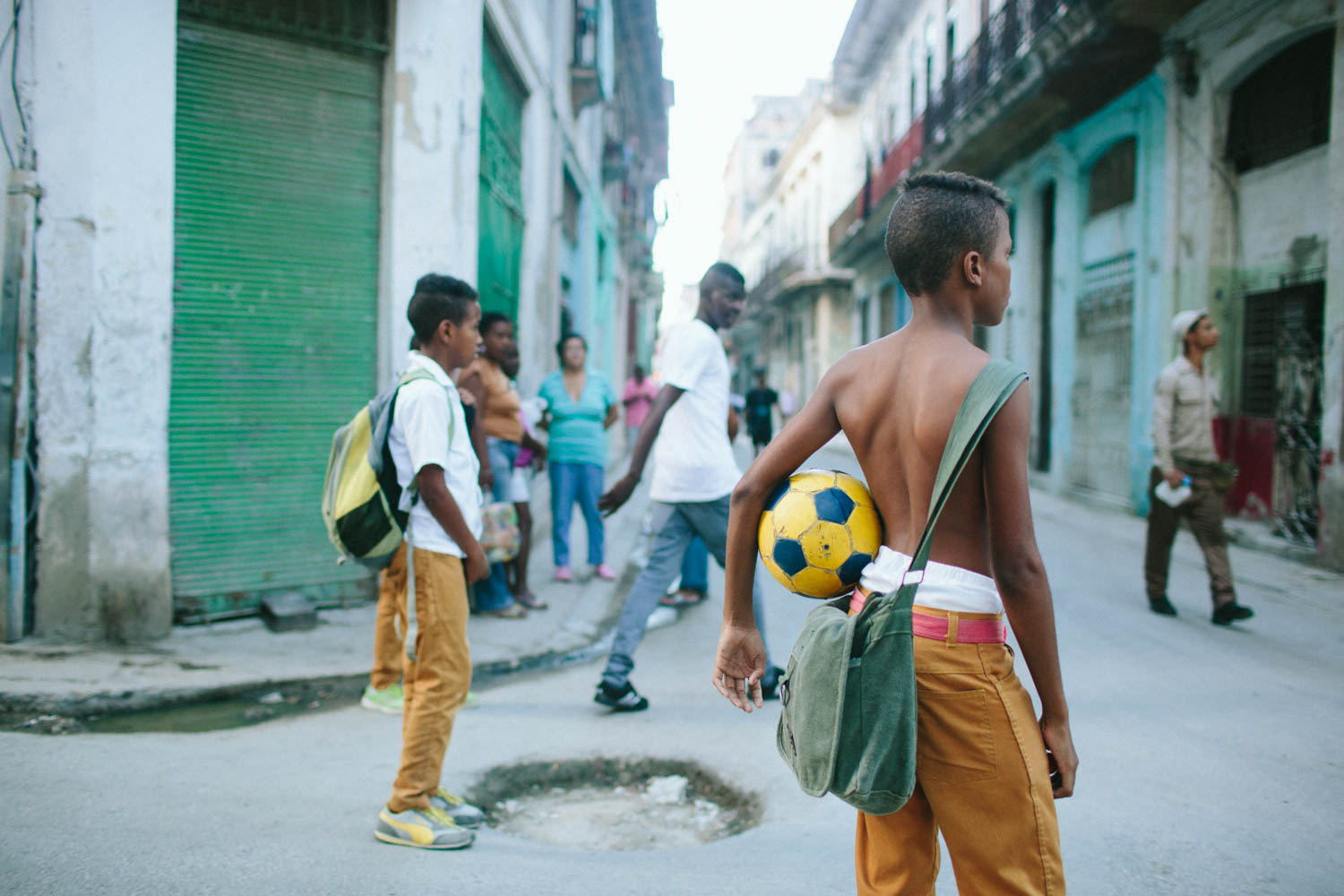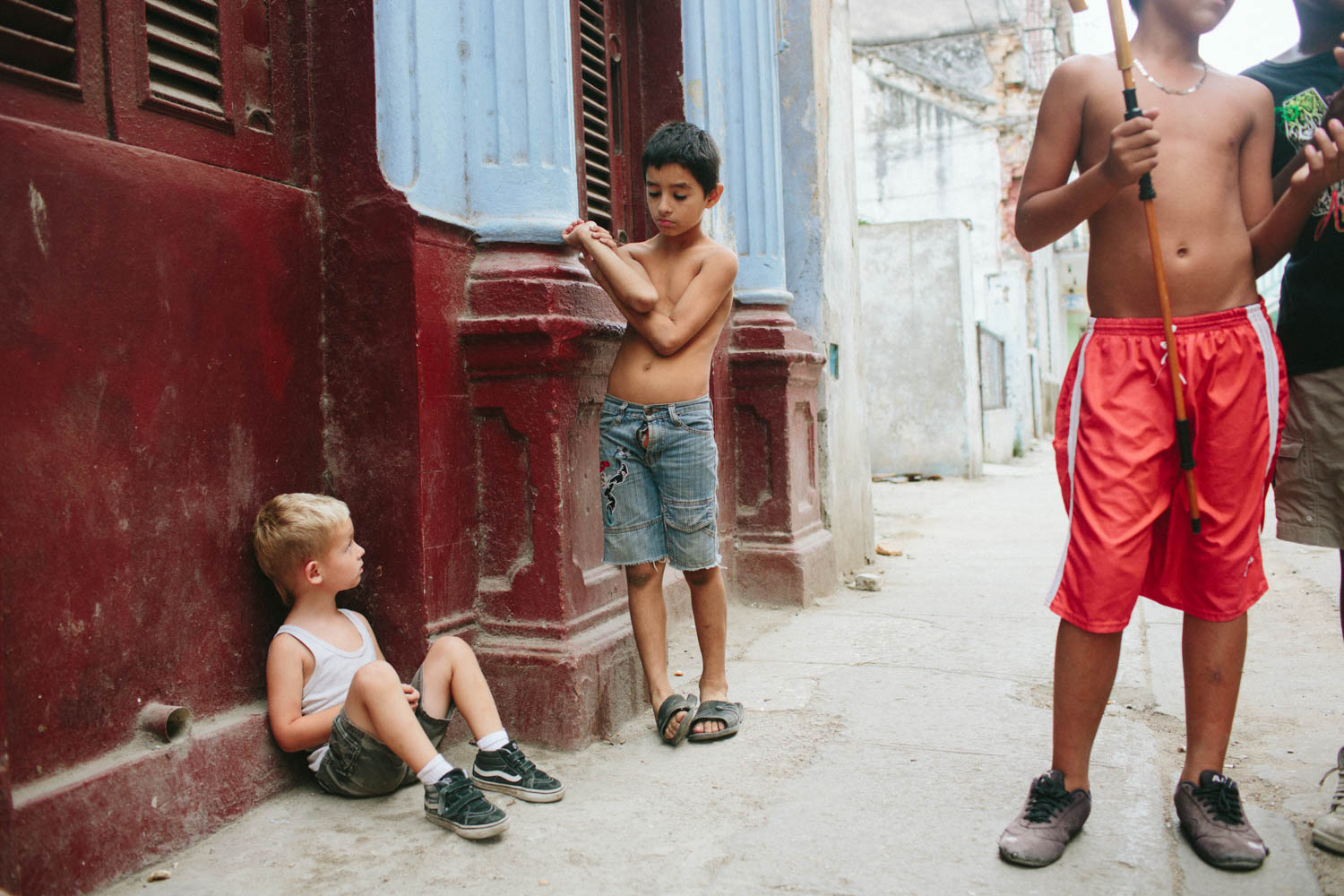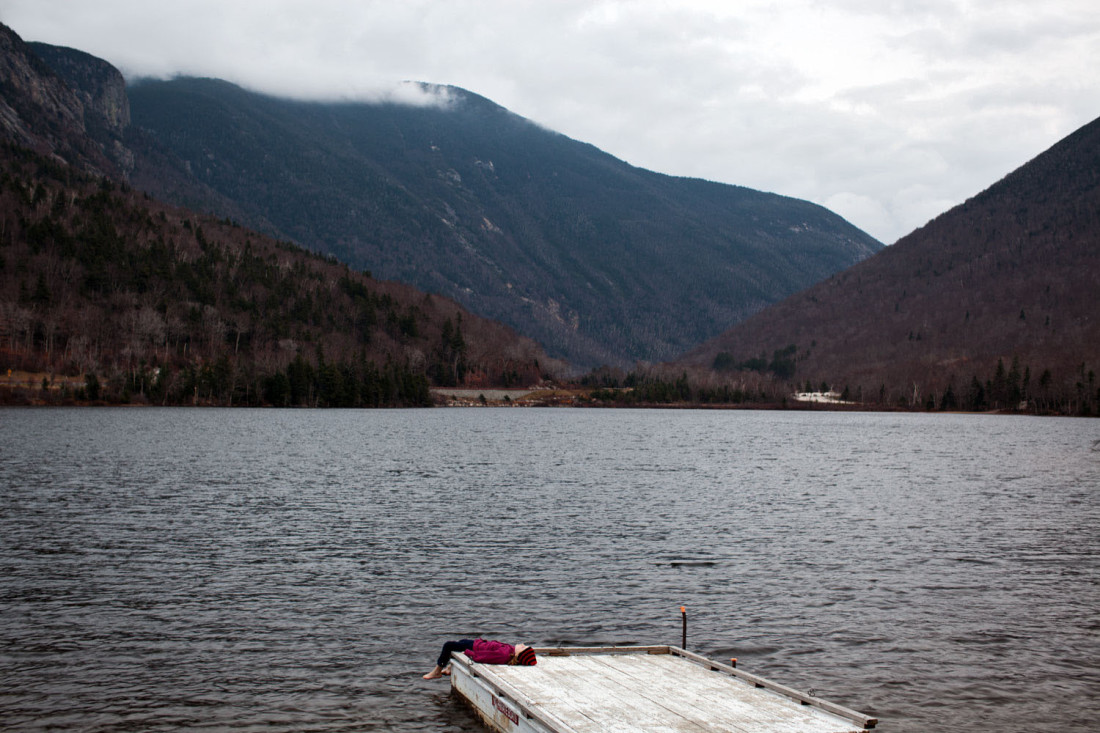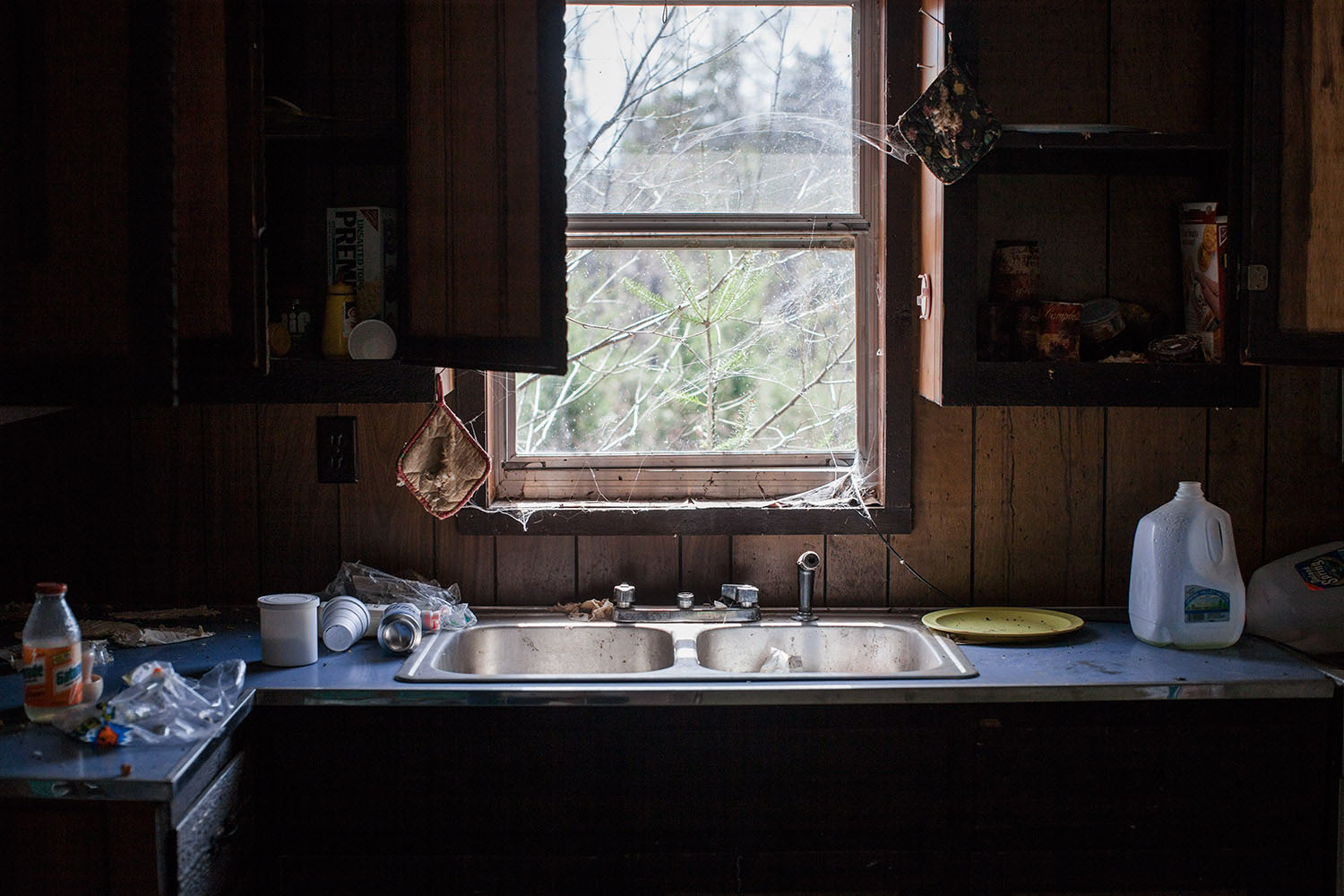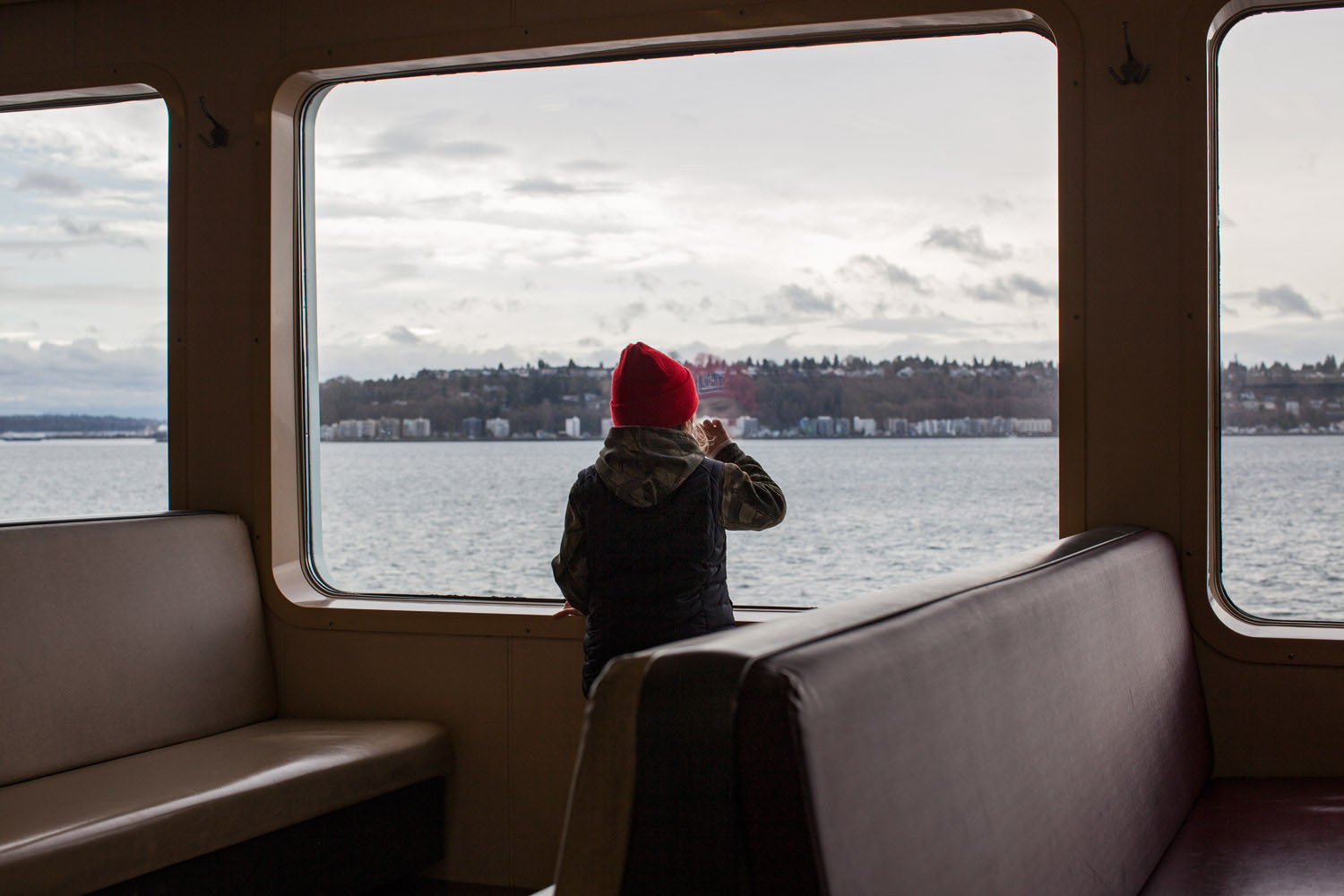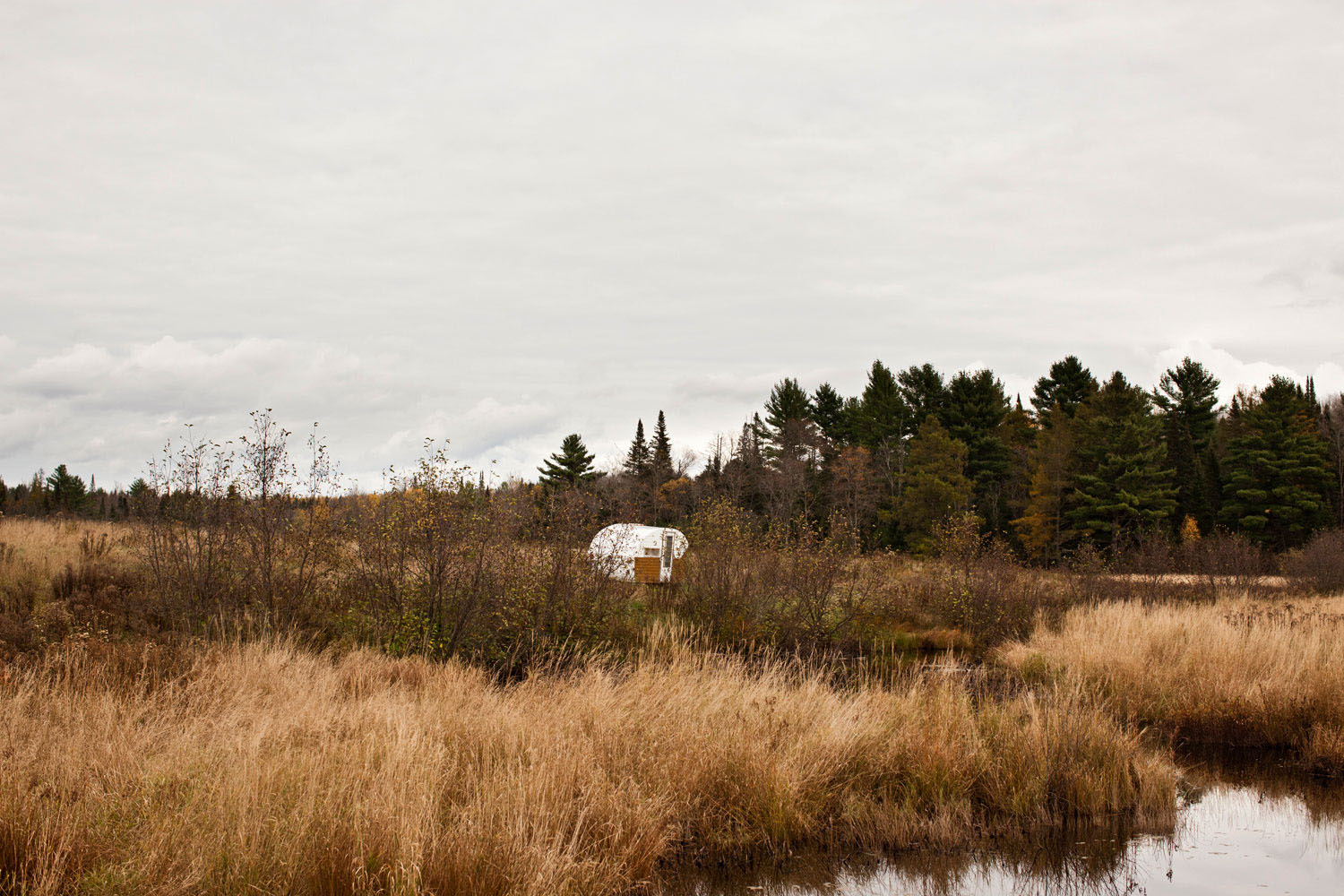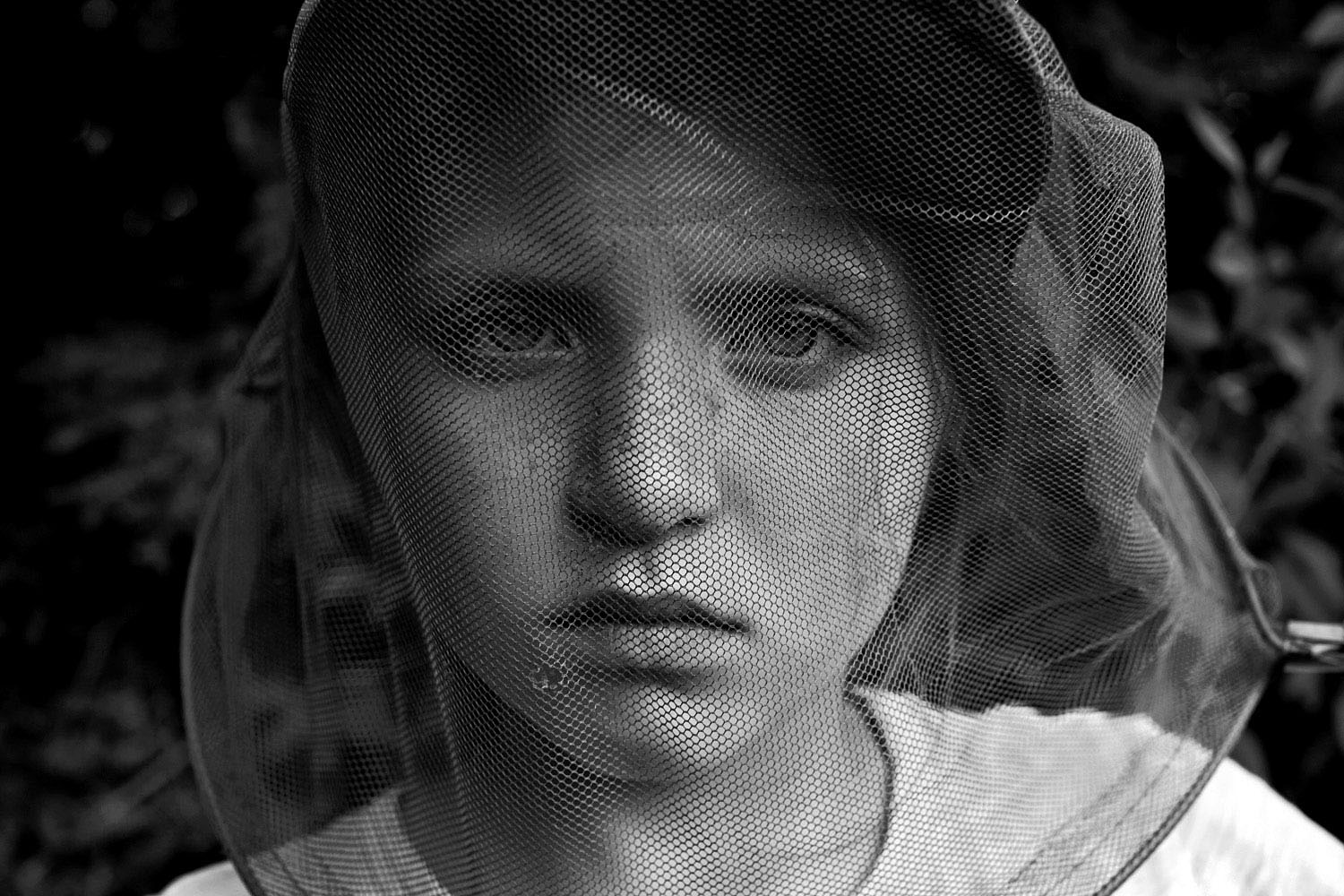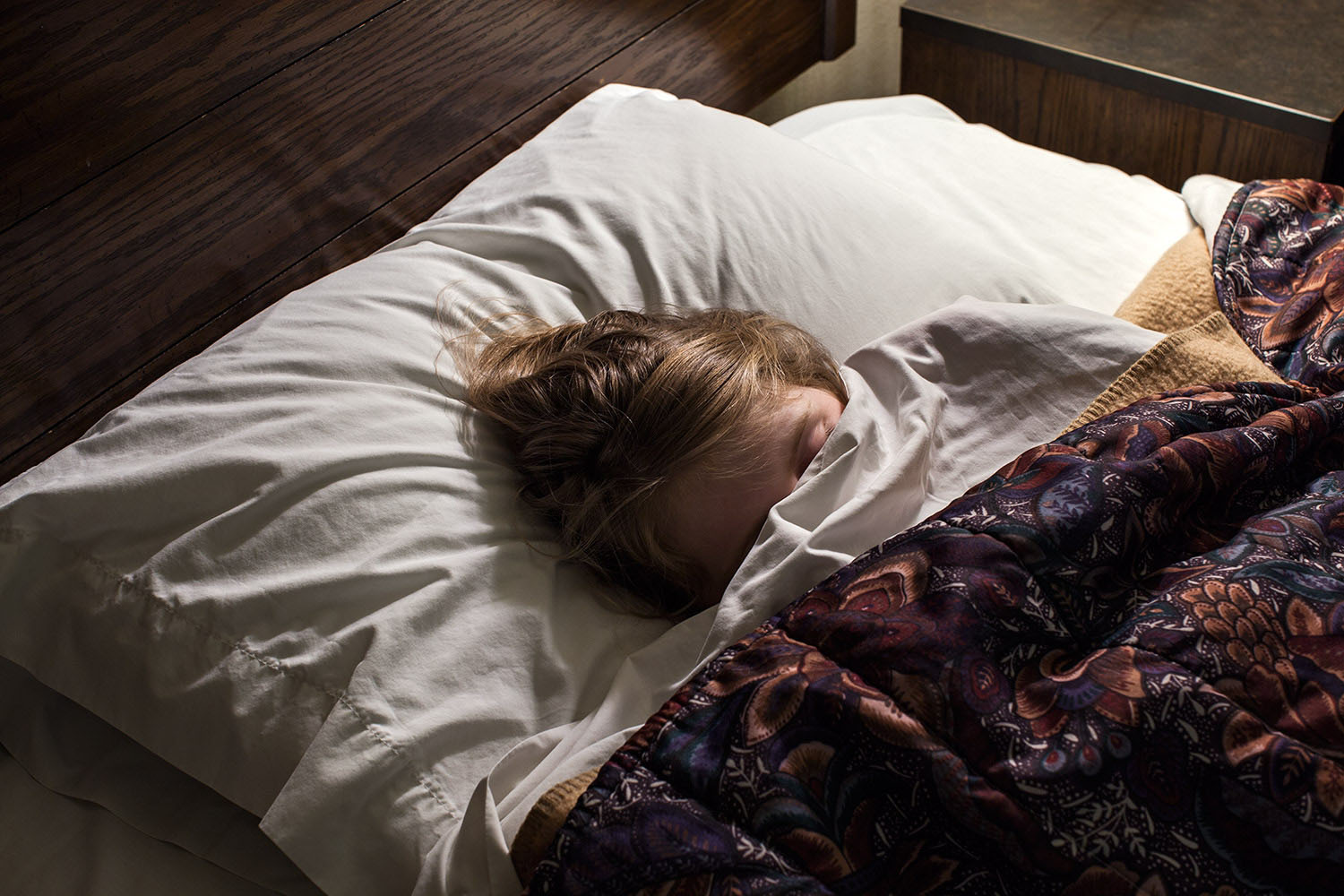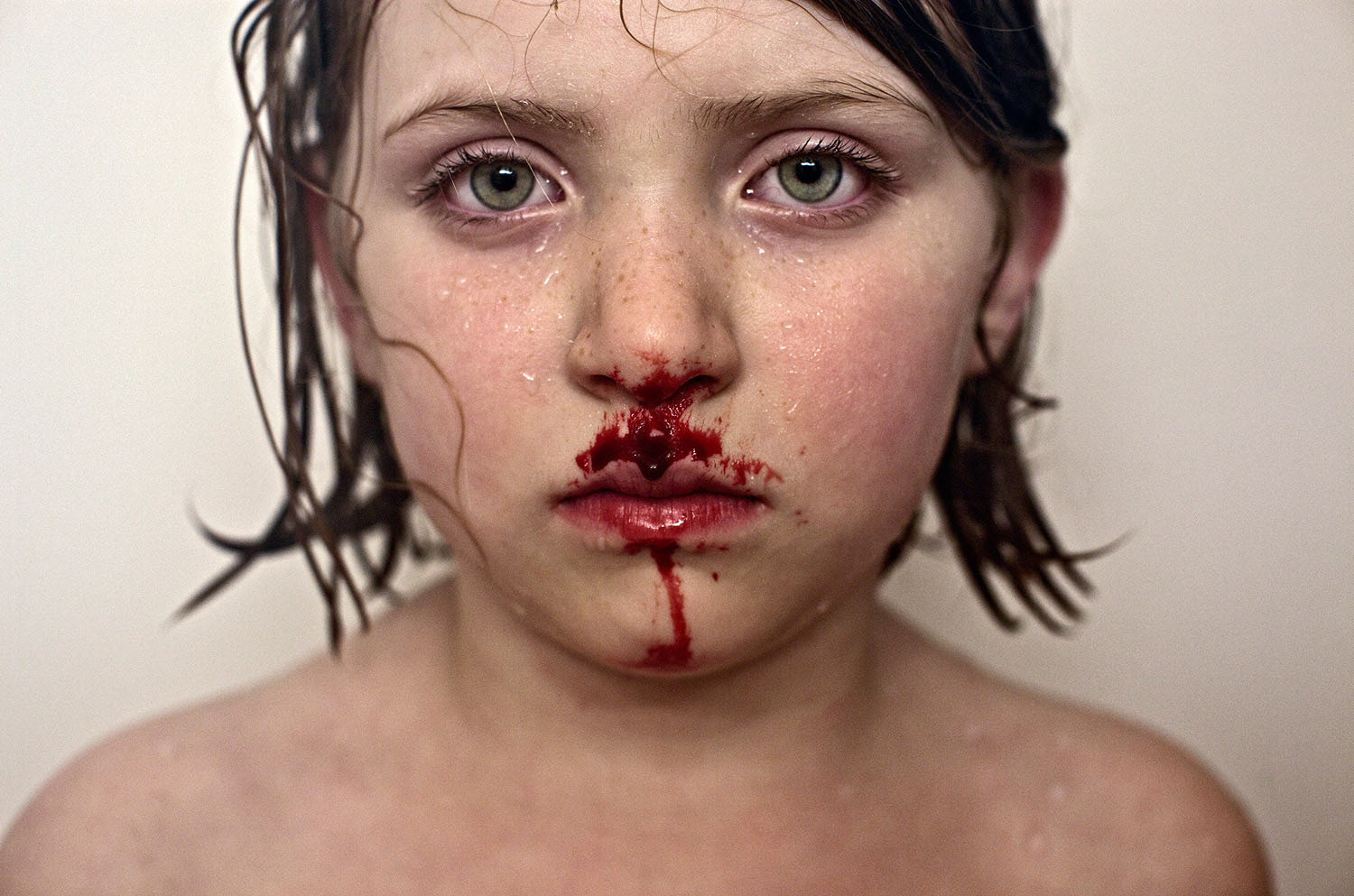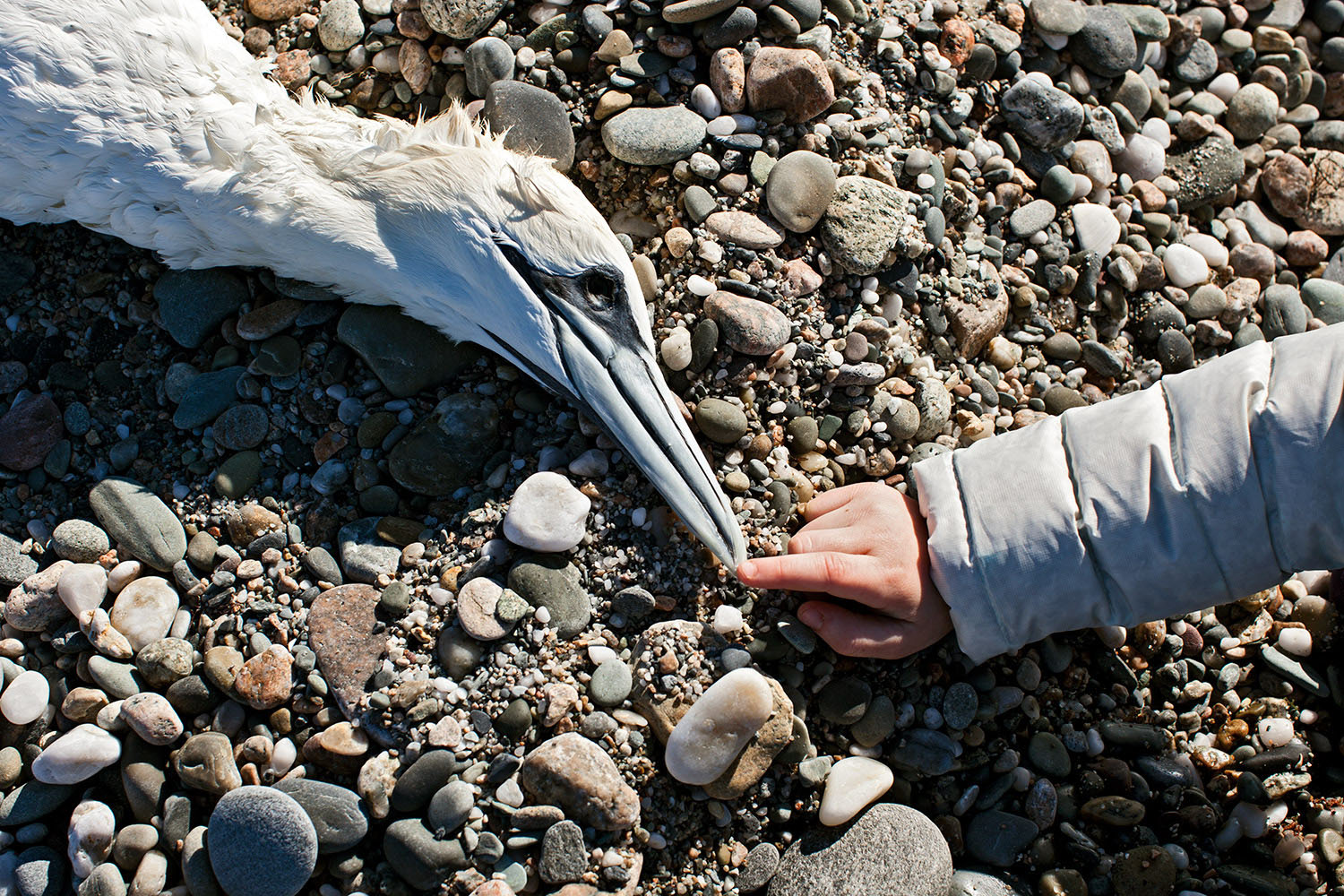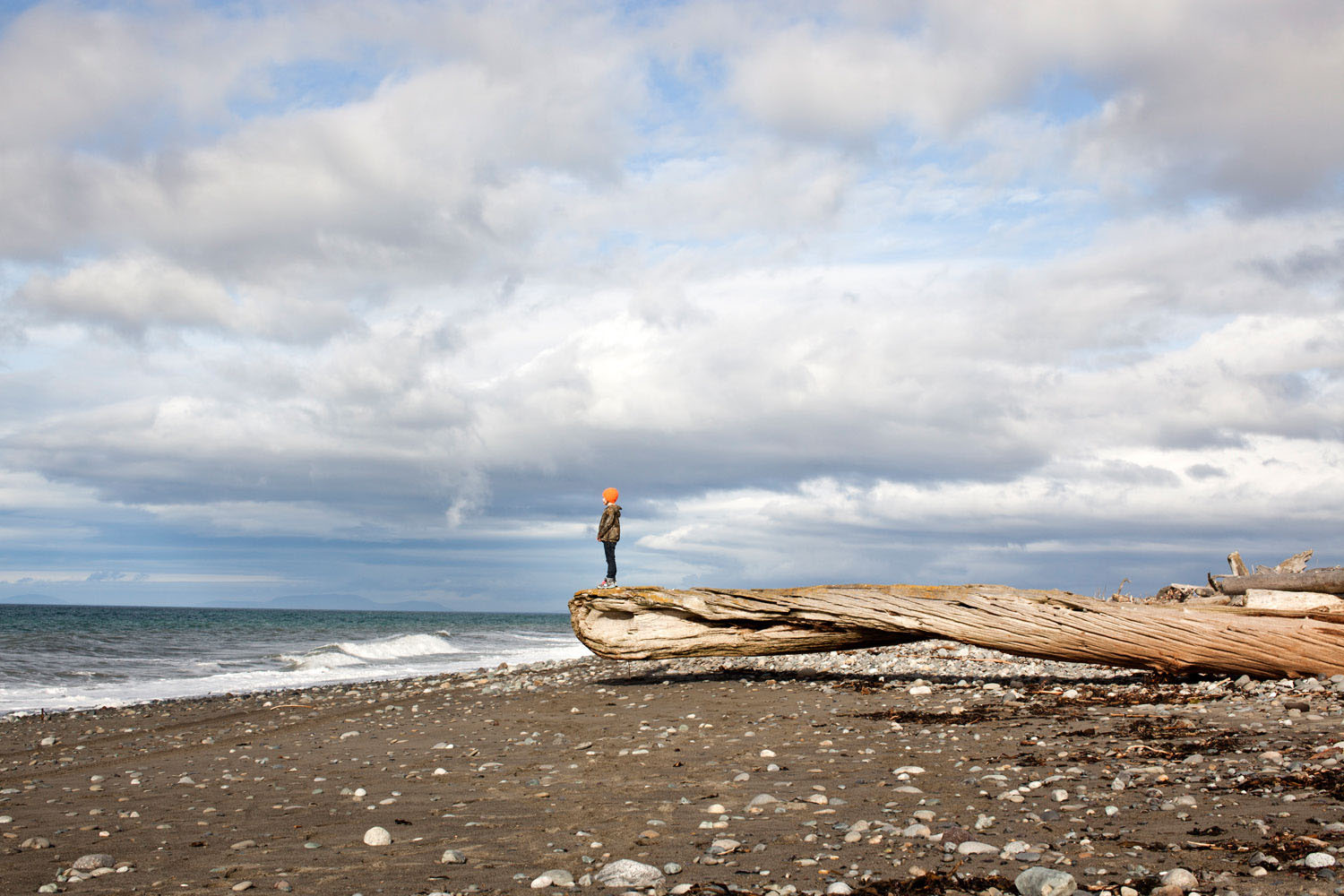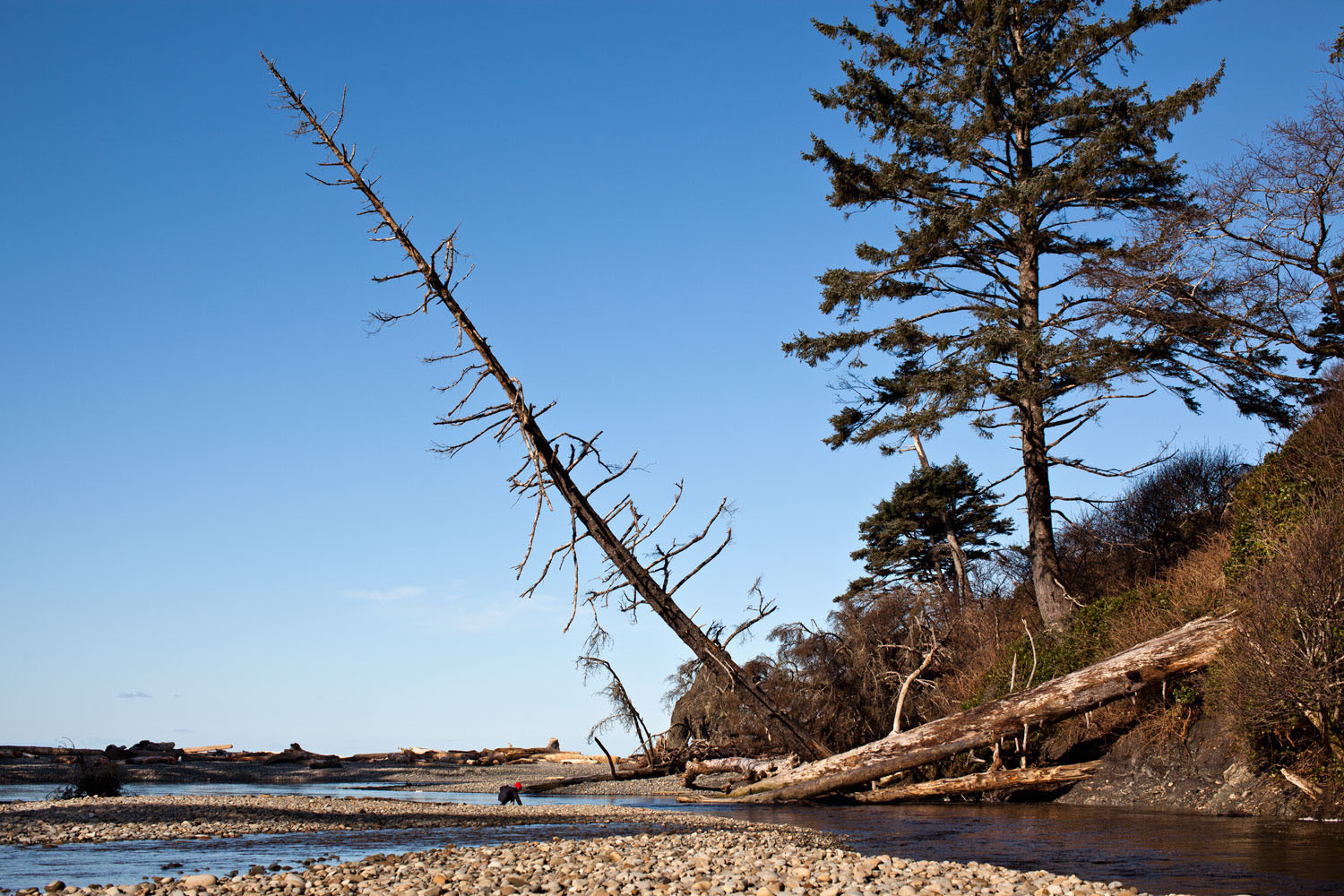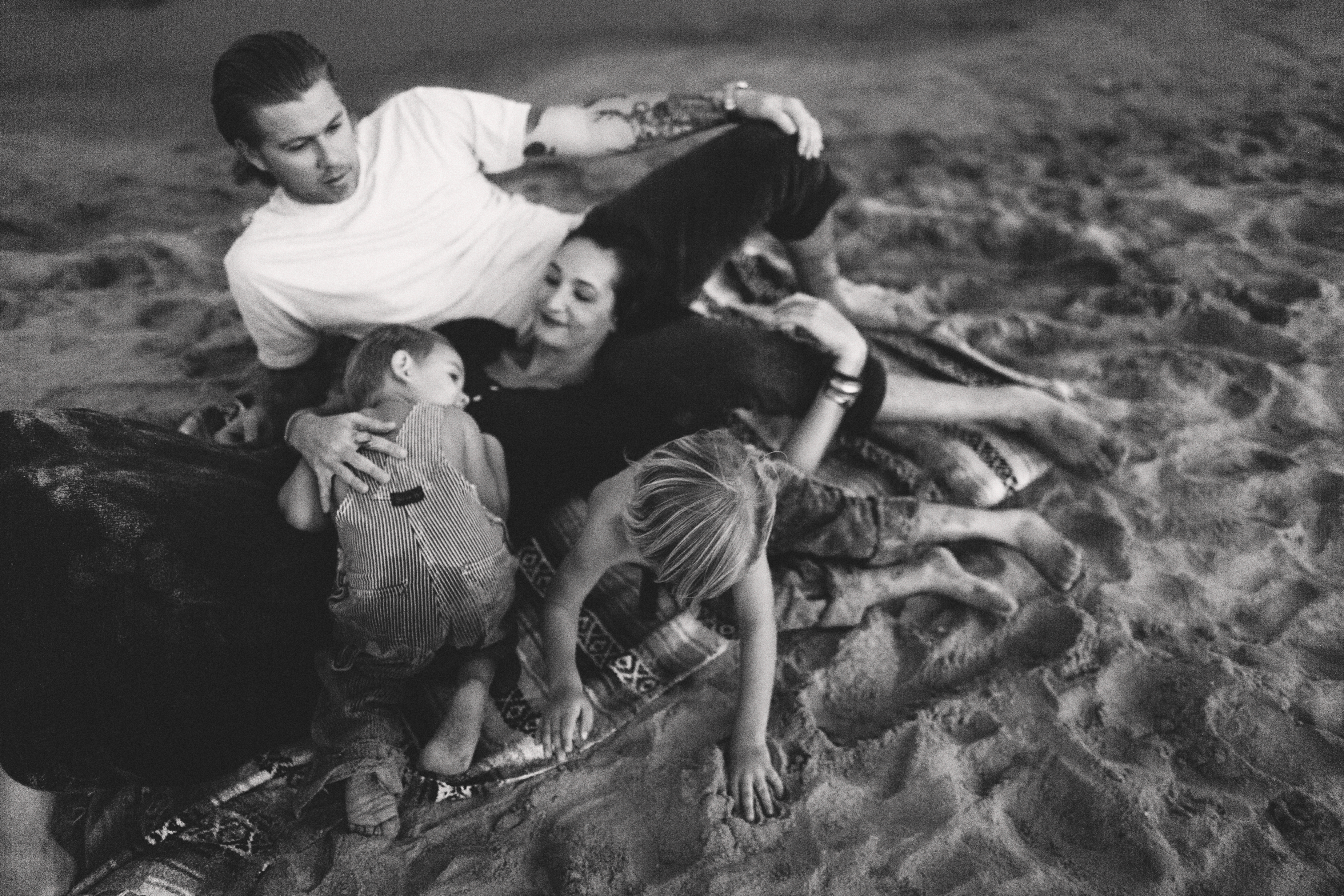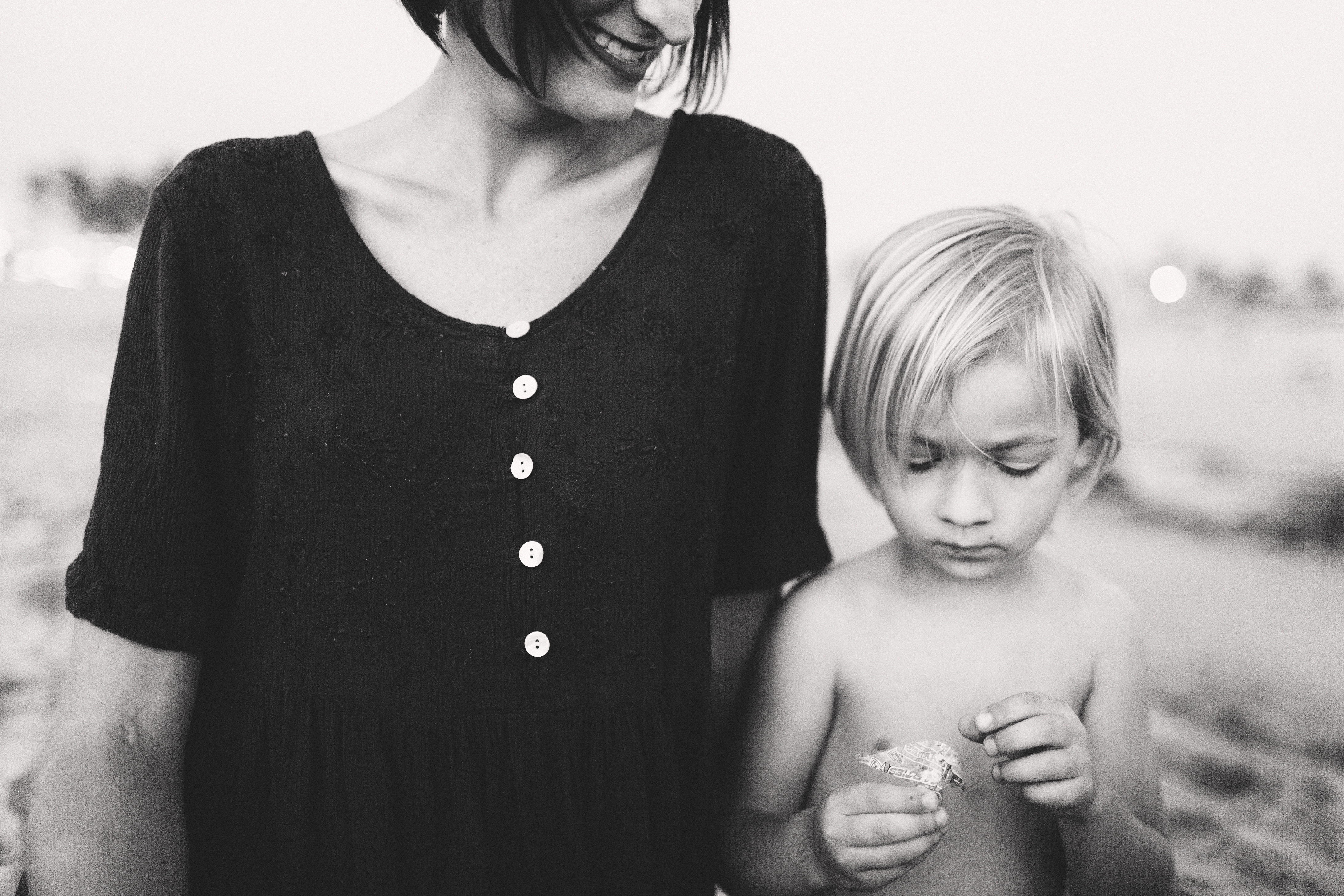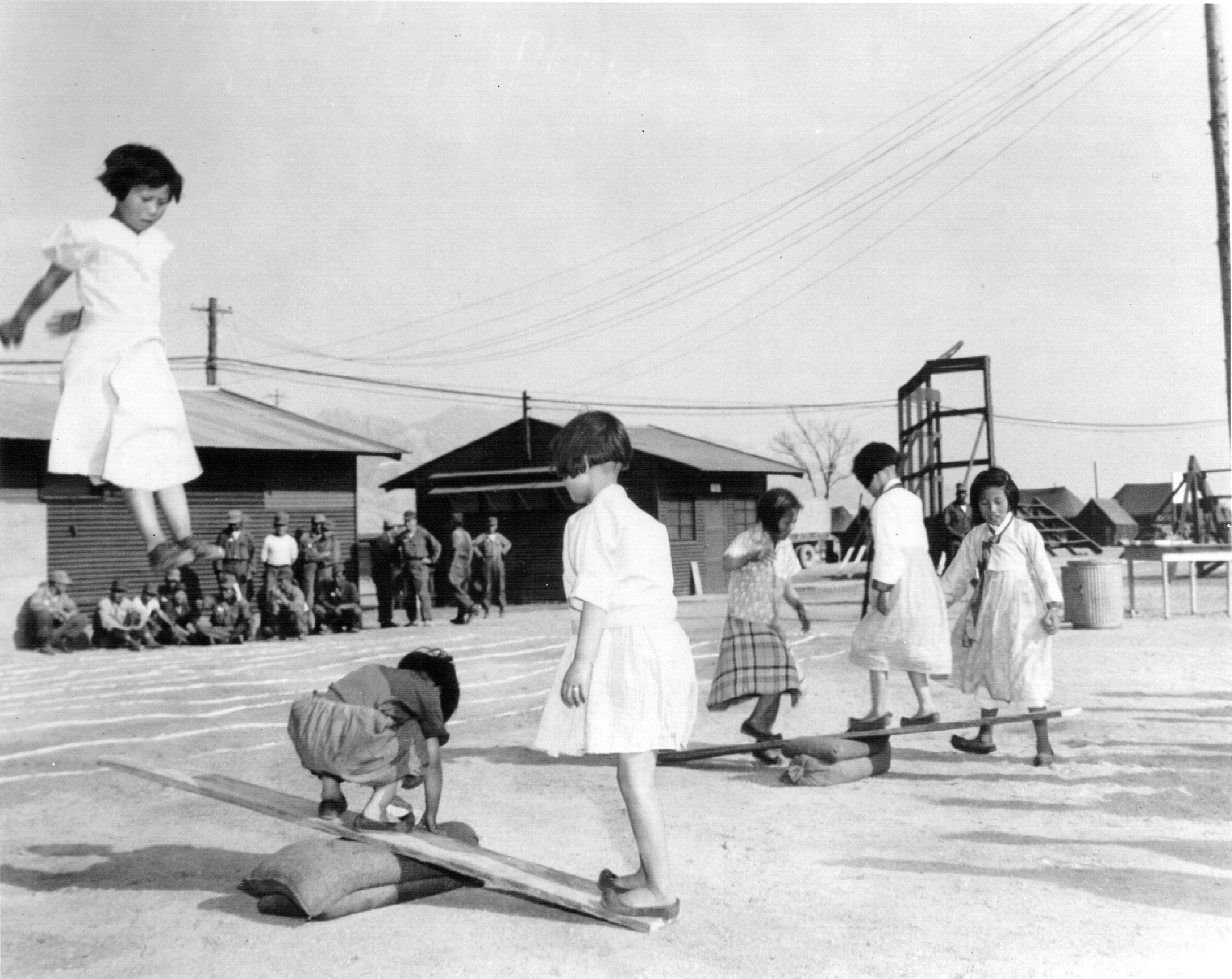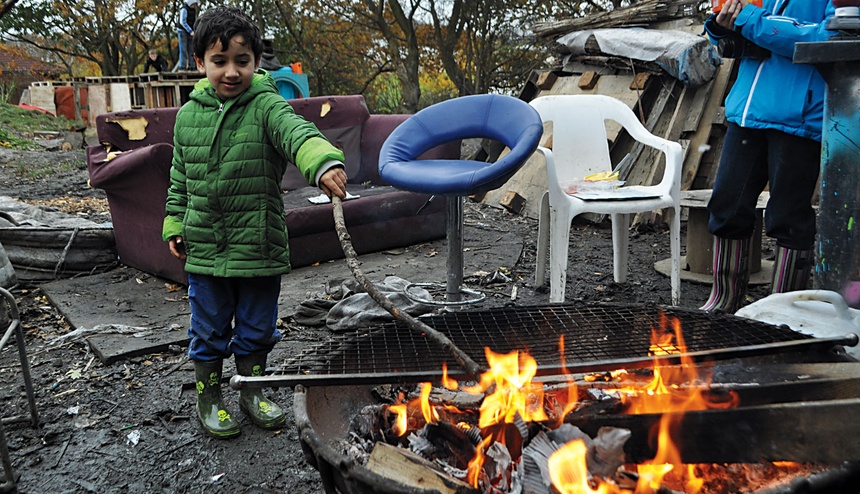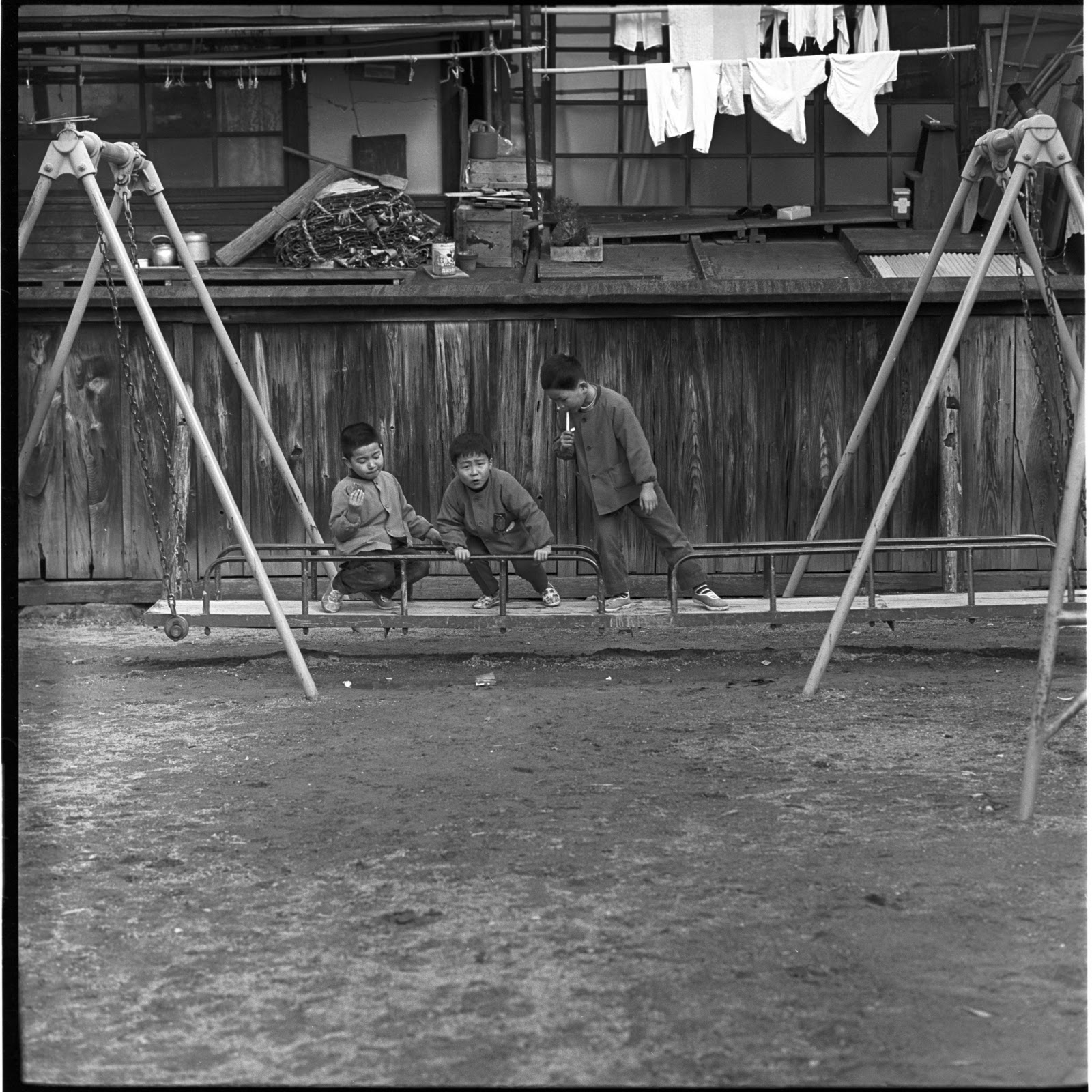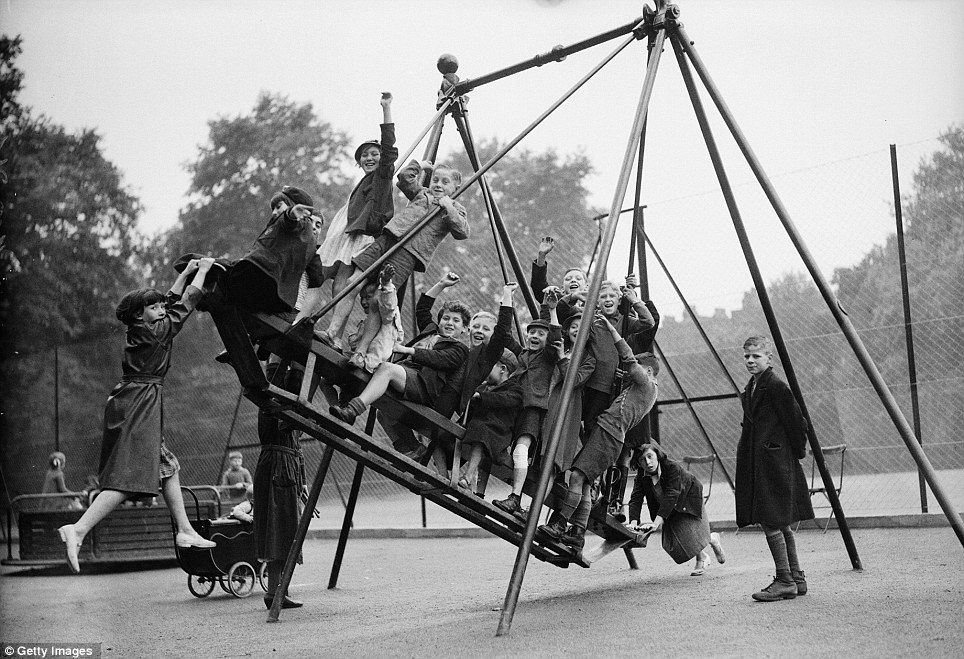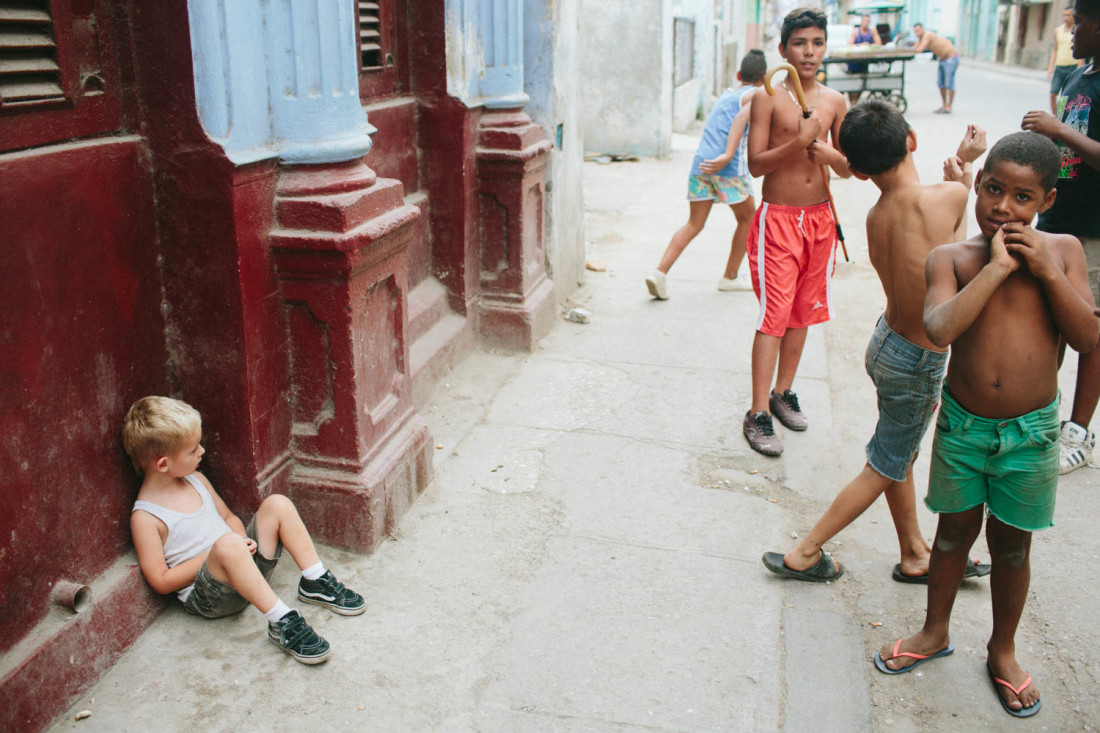
Delving into my images from Cuba feels like a daunting task given how many images I snapped while there. But starting here, with some childhood unplugged (the abroad edition) feels like a good start. In fact, this is the very reason taking the boys – despite the possibility they may never remember such a trip – was important to me.
An excerpt from Lonely Planet (my go-to guide book for all international travel — not sure how anyone functions without it): “Welcome to a culture where children still play freely in the street and wait staff unconsciously ruffle your toddler’s hair as they glide past your table on their way back to the kitchen. There’s something wonderfully old-fashioned about kids’ entertainment here, which is less about sophisticated computer games and more about messing around in the plaza with an improvised baseball bat and a rolled-up ball of plastic”.
Five years ago when Willy and I went to Cuba sans kids (well, Hooper was growing in my belly), we brought an assortment of baseball cards, balls, and t-shirts. We had less room to bring such niceties this time around, but we did manage to bring some coloring books and matchbox cars. Both kids were rather disgusted about giving away brand new cars, but Hooper quickly came around when he witnessed the joy it brought other little boys. Van… not so much. And that’s okay (he is 3, after all).
There is so much life and energy on the streets of Havana; women sitting in simple lounge chairs on the sidewalk, men playing dominos on the street corner, and kids – tons of kids – kicking soccer balls around or playing a game of stickball. It’s so different from the sterility that fills the majority of neighborhoods here in America and perhaps the number one thing that will always draw me to Cuba.
All groups of children were inviting and allowed the boys, despite the inability to speak the same language, to partake; the older boys actually bringing balls over to the boys to give them more of a fair chance at play.
I’m always amazed by the stray dogs and their ability to navigate the streets; their know-with-all and ability to survive the same streets that has me holding my boys’ hands a little tighter despite the fact I most always trust them to walk independently. The kids of Cuba are the same way — street smart; they’re little hearts don’t even seem to miss a beat as they hop barefoot over a pile of who-knows-what, collect their balls and their makeshift wooden goal posts, and move to the side to let some exhaust blowing classic car zoom by. No parents rushing to their rescue, no parents even overseeing the fairness of the game nor the safeness of the field.
The boys also had a blast with the kids that lived next door to the house we rented a room in… crazy, again, how not a word spoken is understood and yet they all run and slam their cars into one another the same. Those boys that lived next door were so warm and inviting and it was Hooper’s favorite pastime during the few hours when Van would nap. And, perhaps the part that warms my mama heart most, he was always invited. Always (as was I – and my camera, for that matter). And each time, the group of kids seemed to change… cousins or other neighborhood kids added in or taken away from the core few.
I’ve always more-or-less advocated for the free-range childhood movement and Cuba seems like the epitome of such; only without the stupid gimmicky title. Over there, it’s not some sort of renegade parenting cliche, it’s just the way.
I’m not sure what the boys will remember of Cuba years from now, but I hope images like these joggle memories and remind them that their parents put up with a lot of the hardships that come with traveling (do I even need to add “with children” because shit, traveling alone is hard) because we believe in it’s importance.
More from Cuba to come… no promises on how soon because, well, the house is an absolute disaster… we have construction that seems to start and stop whenever our super great (please read my sarcasm) contractor decides to start, stop, and restart again (I won’t even mention the fact that we had an upstairs bathtub leaking into our downstairs kitchen), piles and piles of laundry, a growing list of things that need to be sold / donated / thrown away, and the ever-present upkeep with The Bee & The Fox, which following the weekend holiday has me wondering if I can stay afloat.
In any event, please join me in supporting the other photographers participating in the Childhood Unplugged movement by clicking here to see all our submissions. You can also follow us on instagram (@childhoodunplugged) and be sure to use #childhoodunplugged for a chance to be featured on our Instagram feed.
